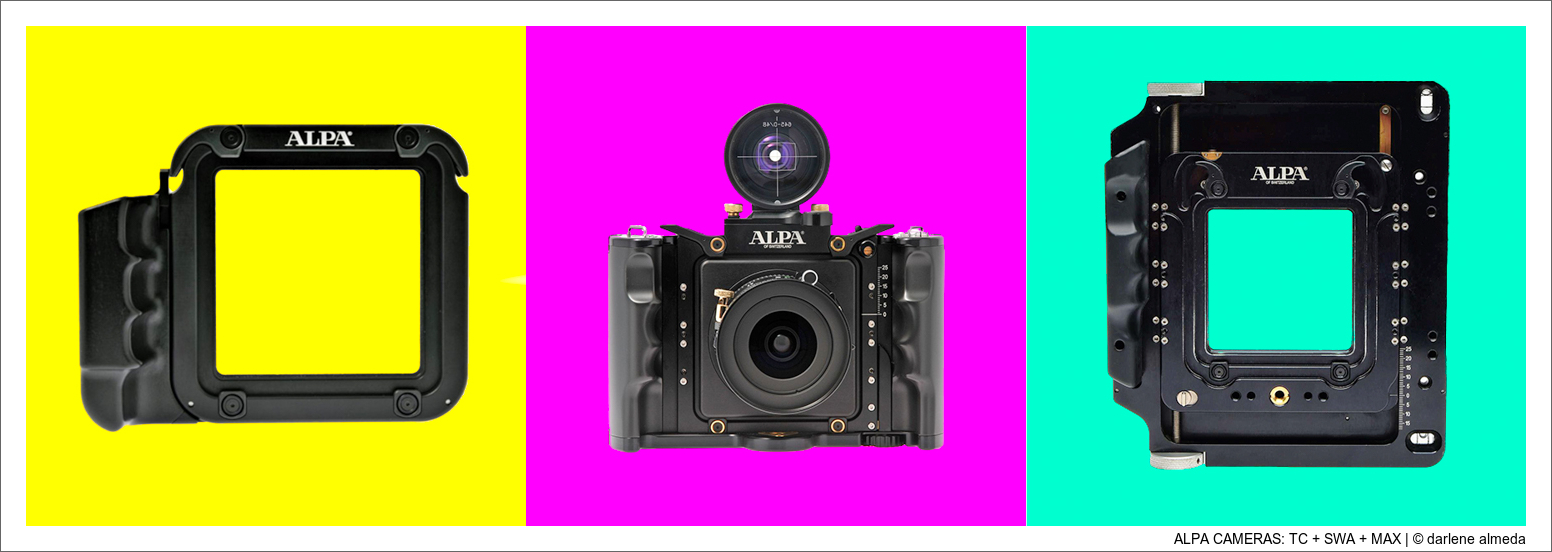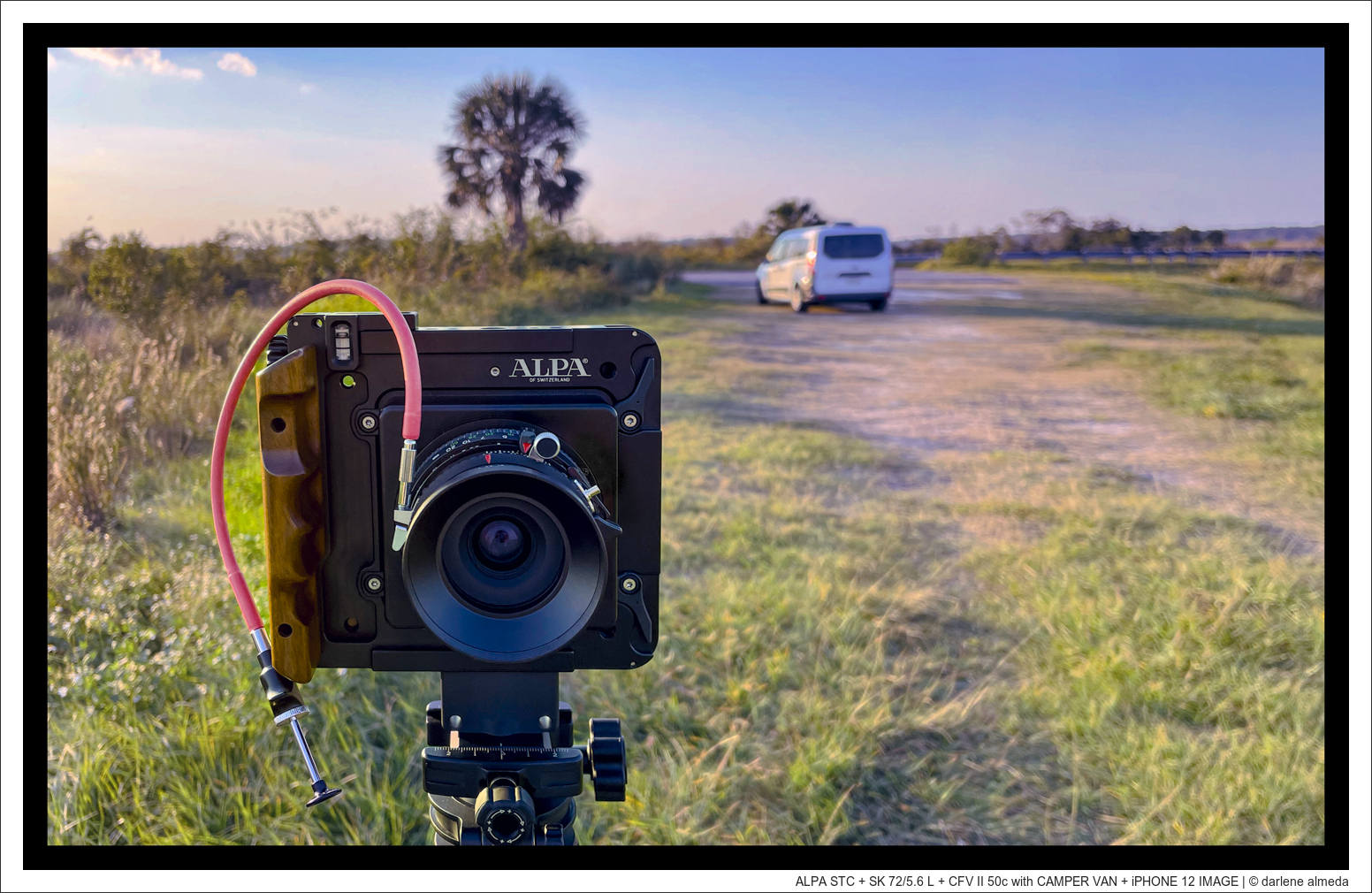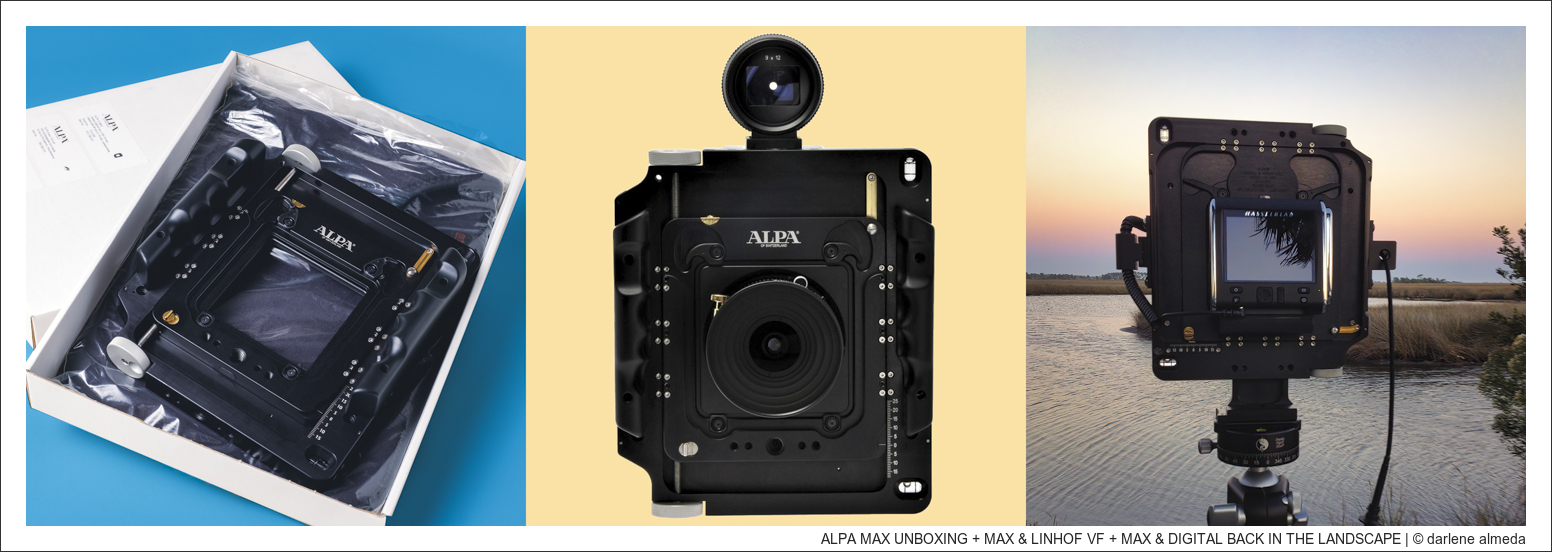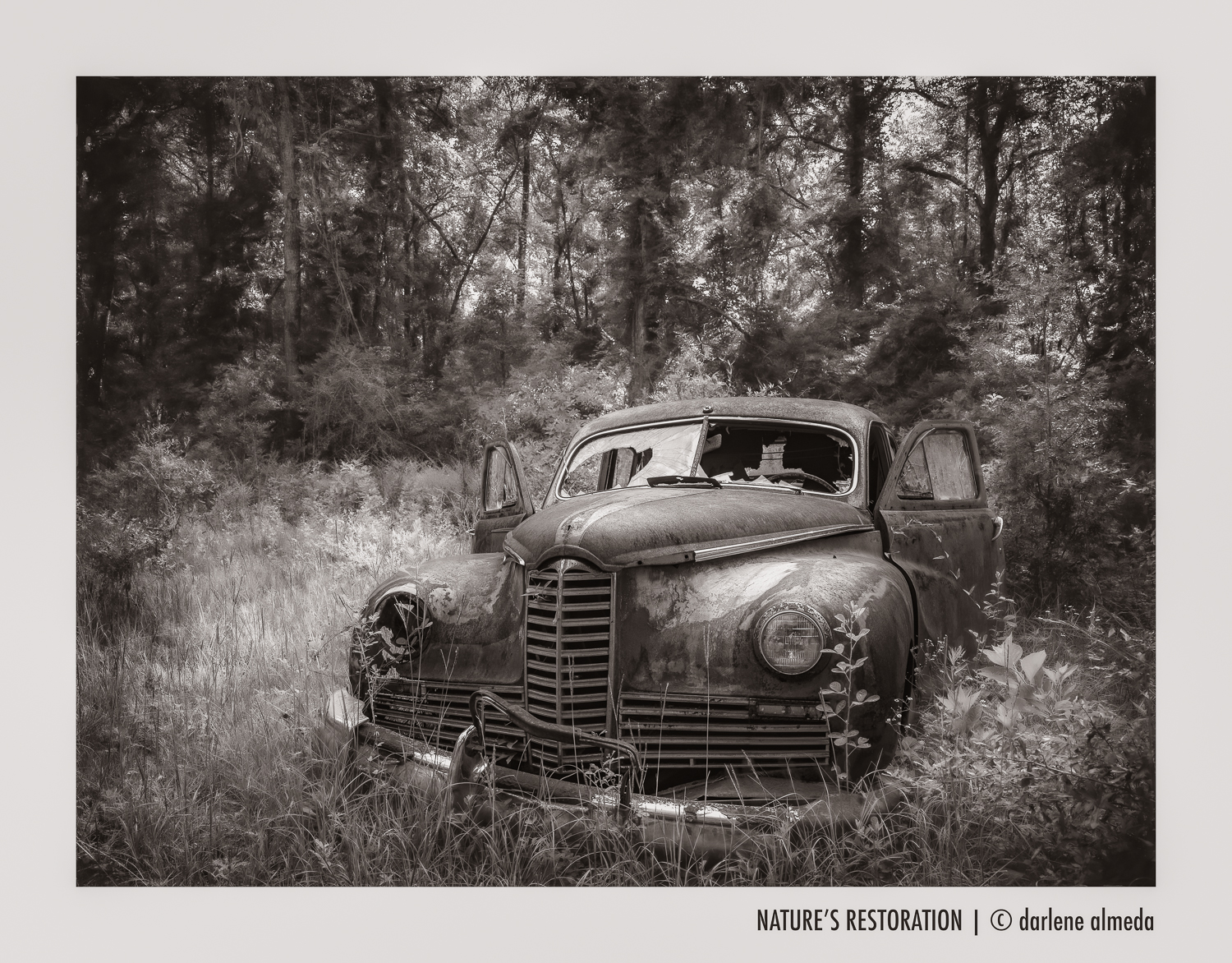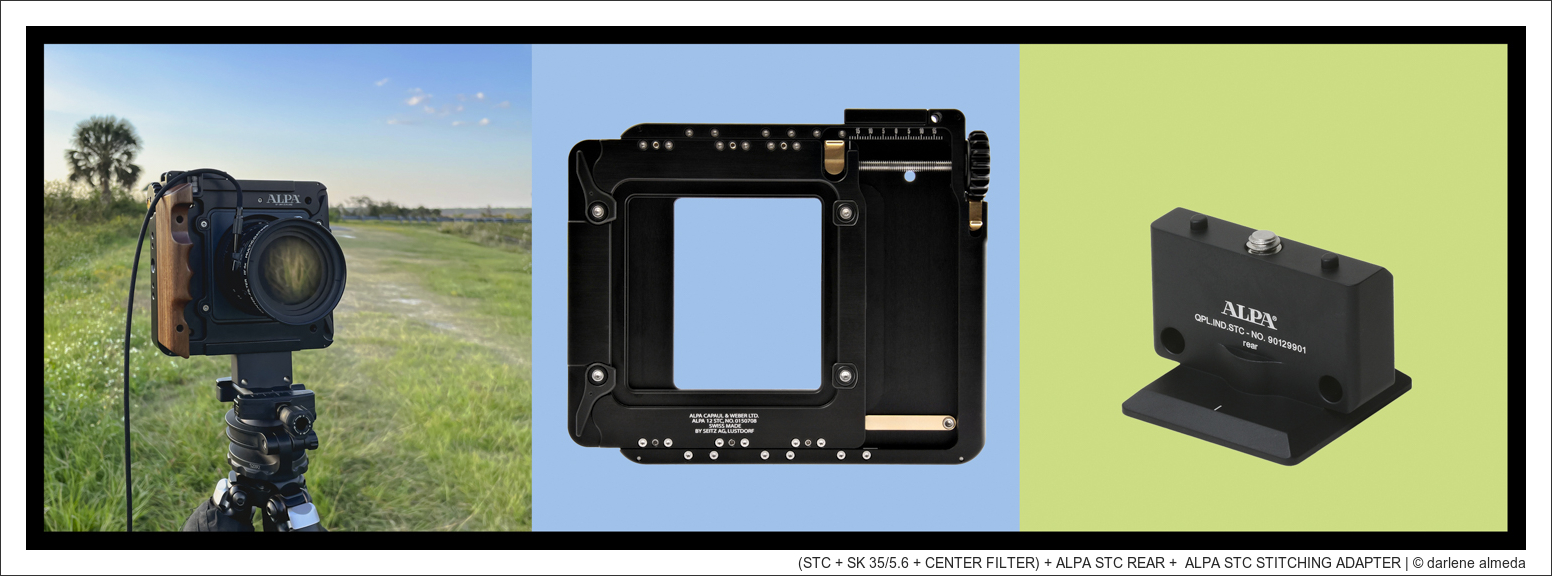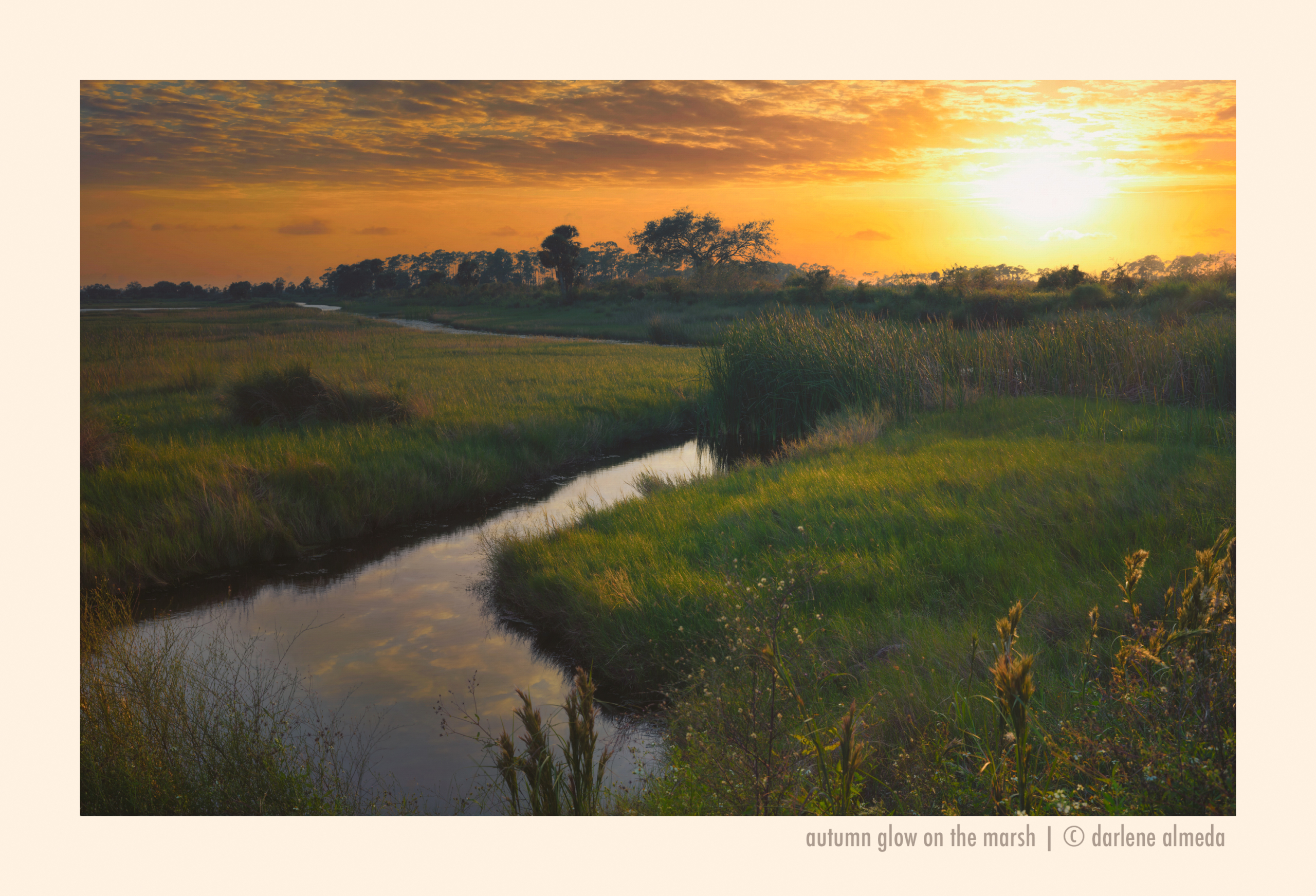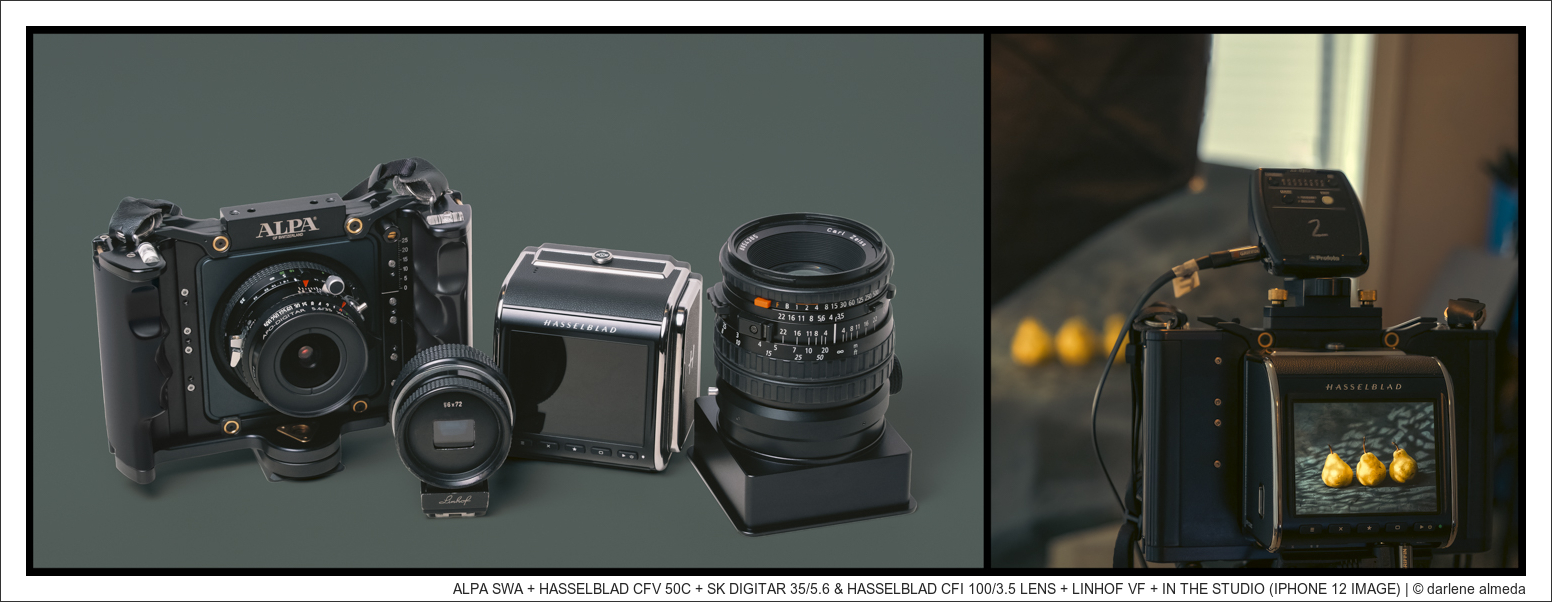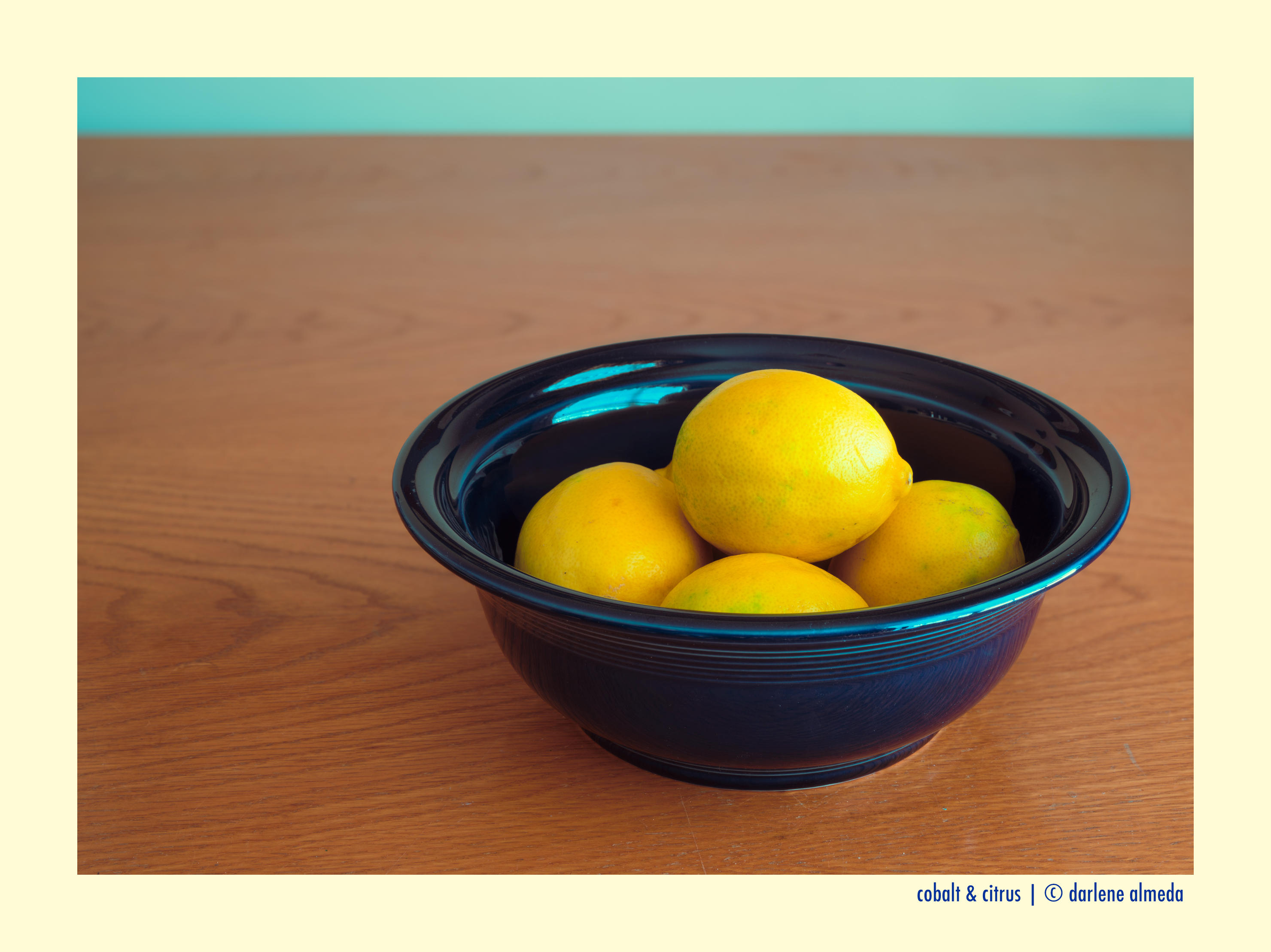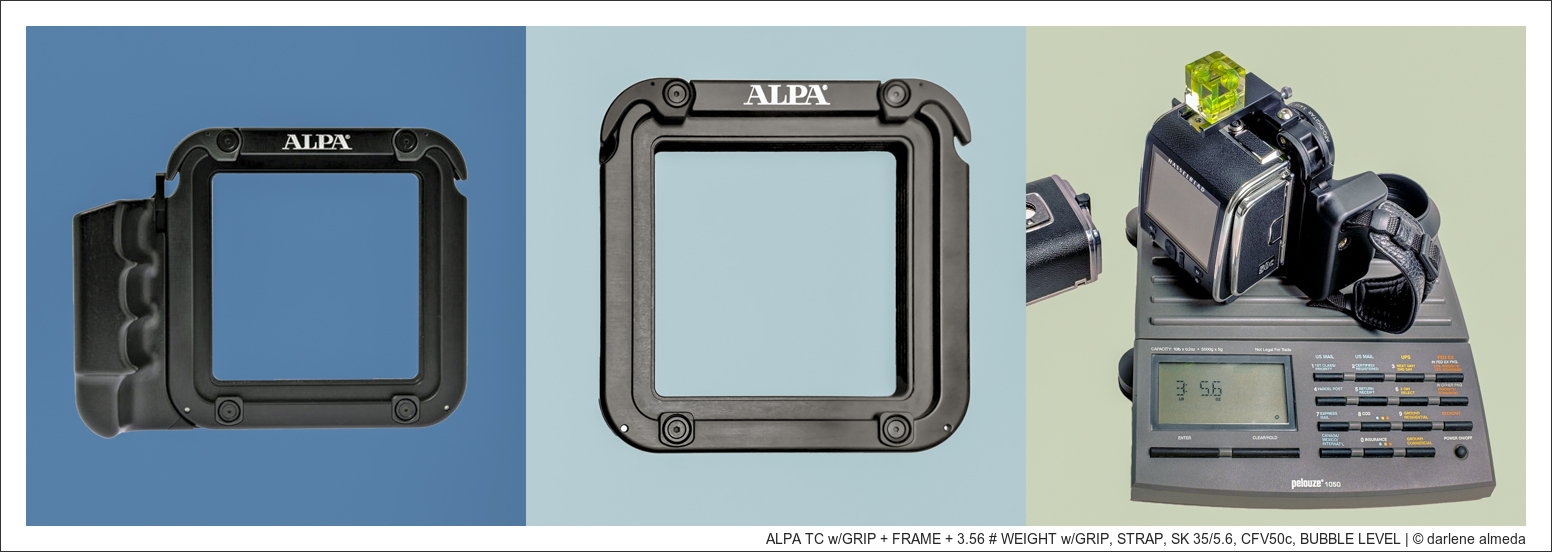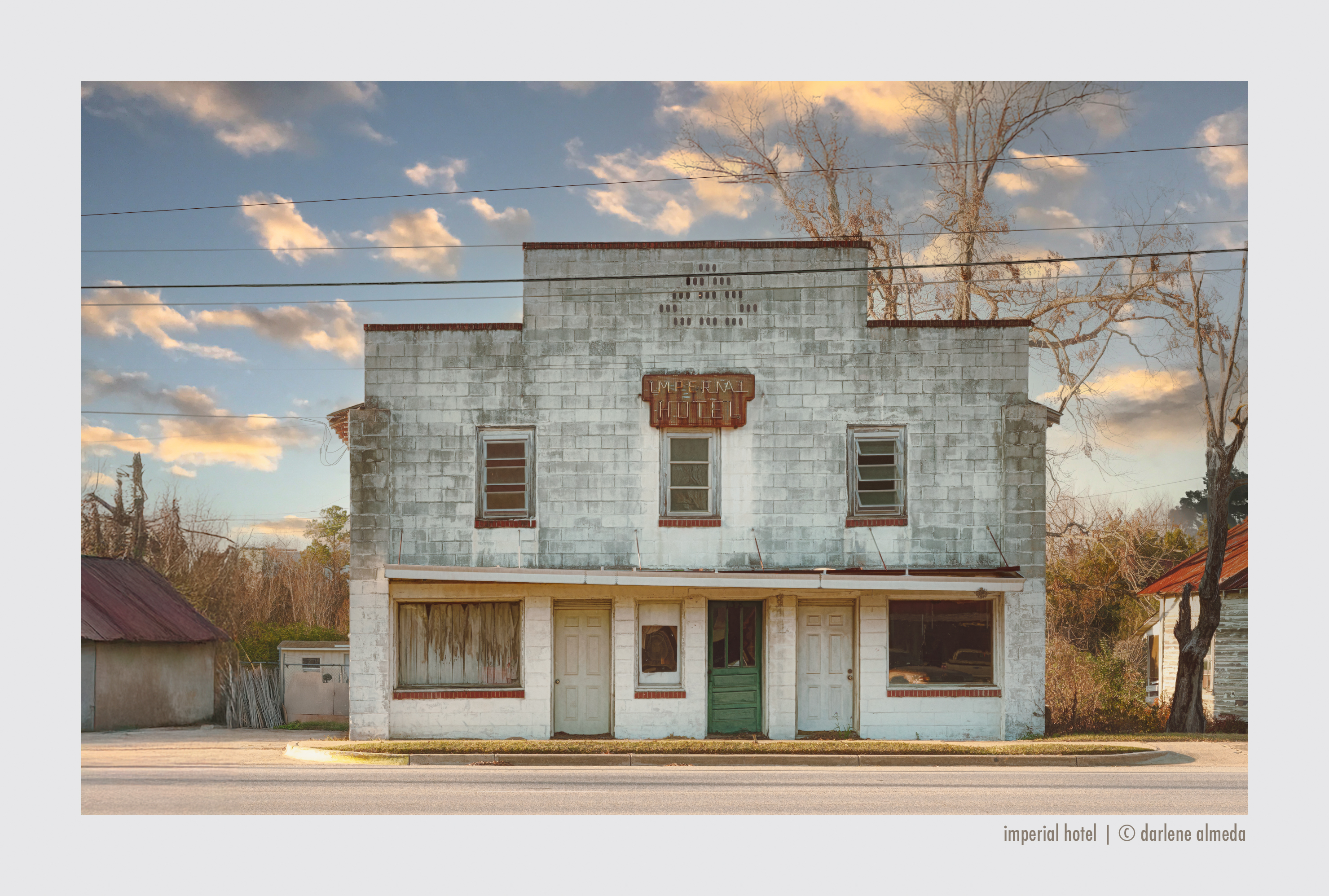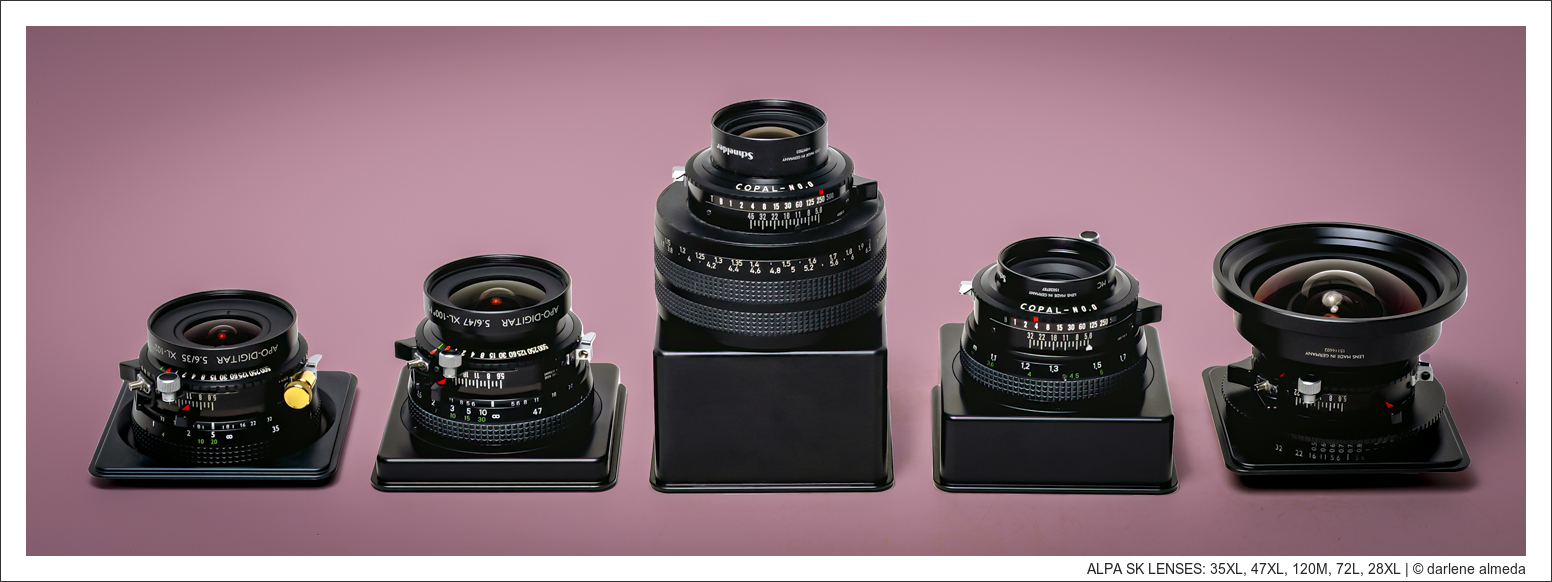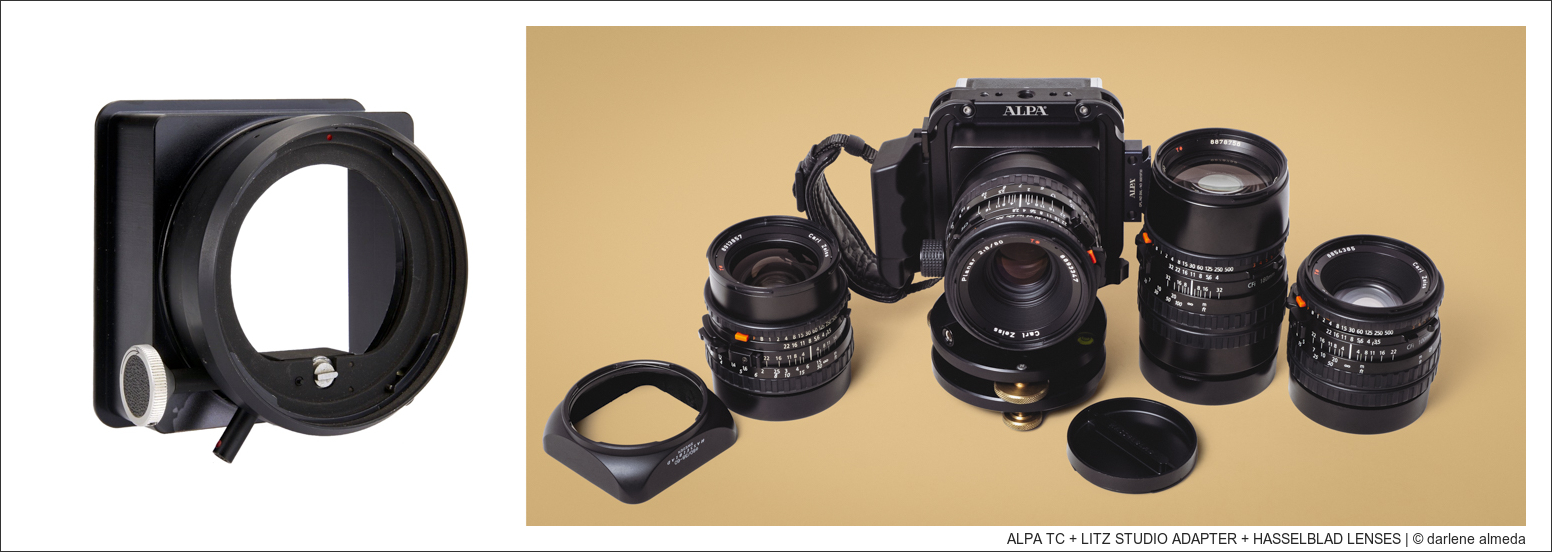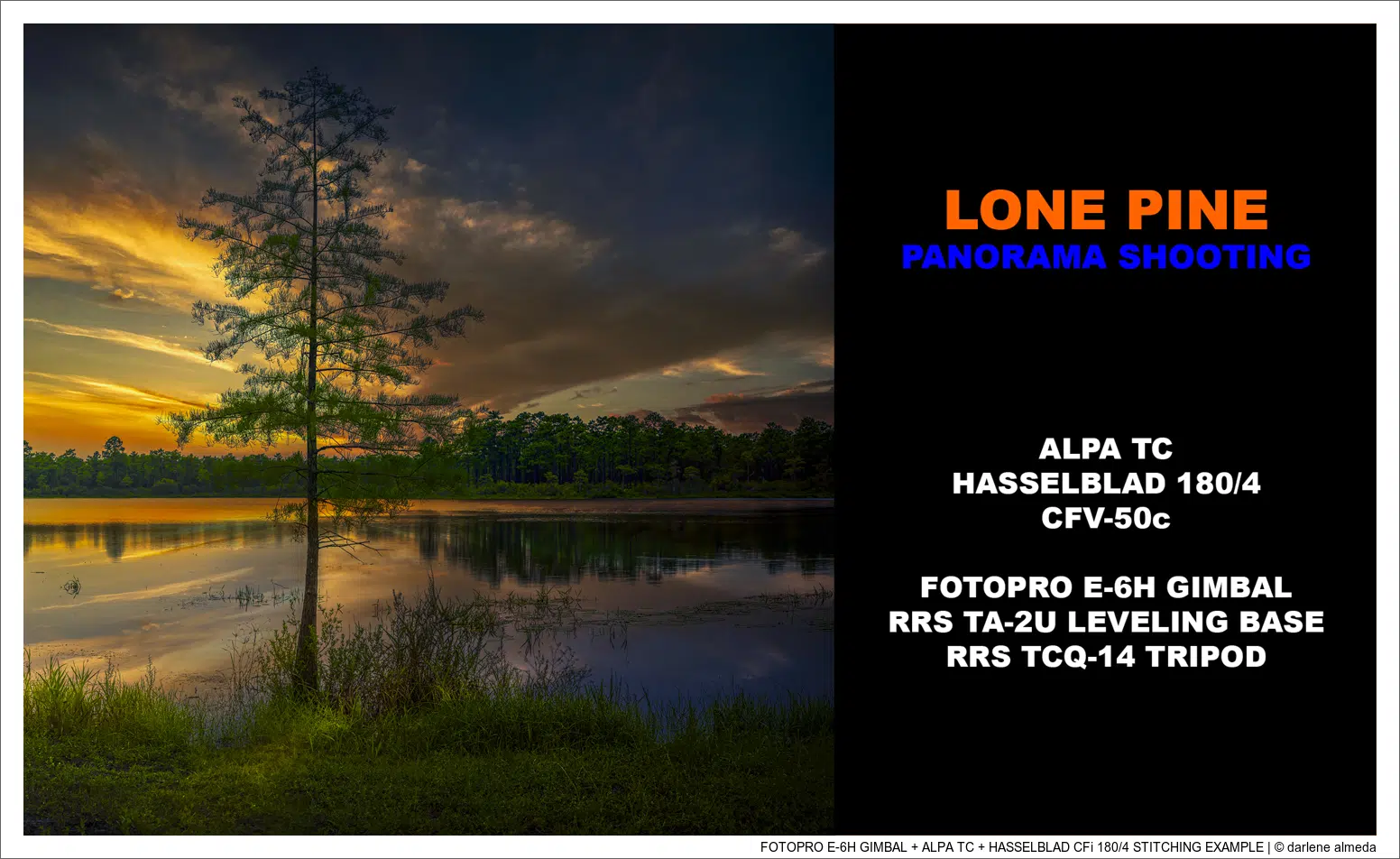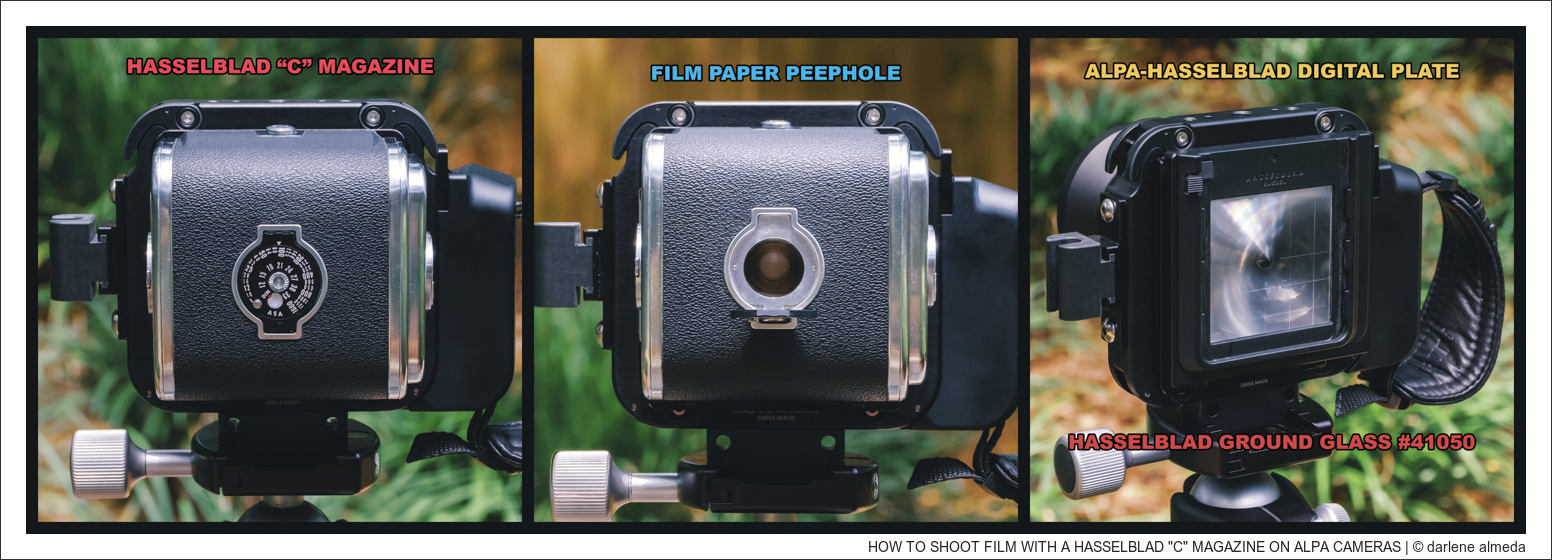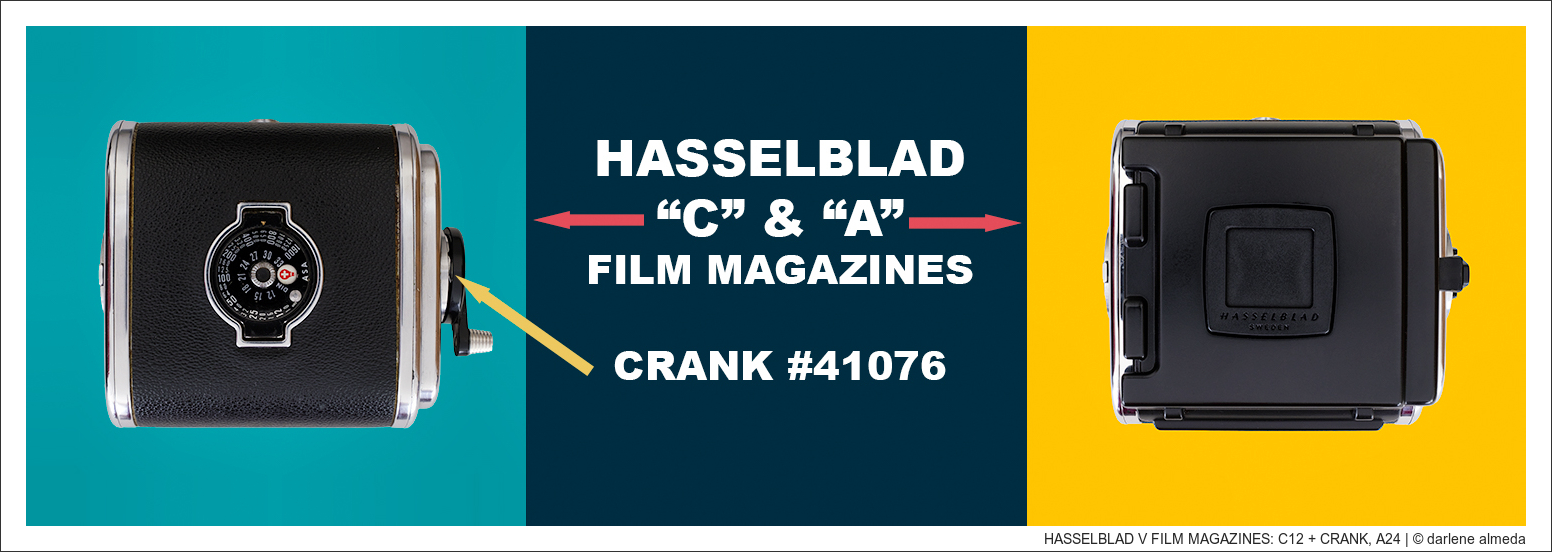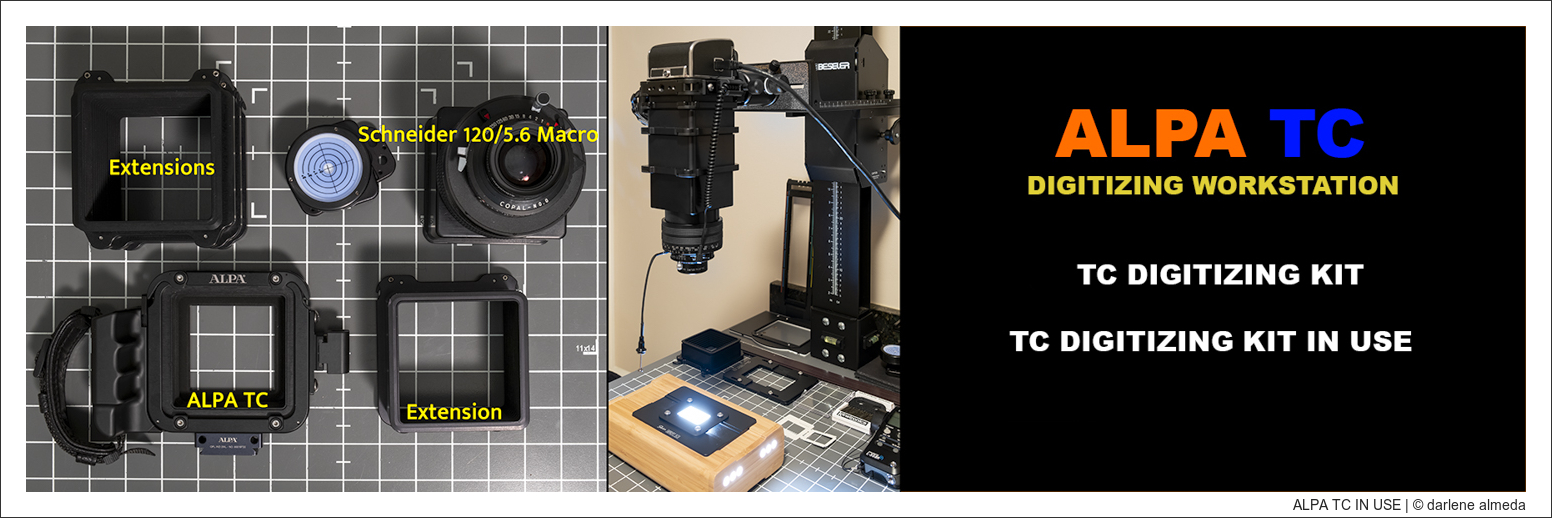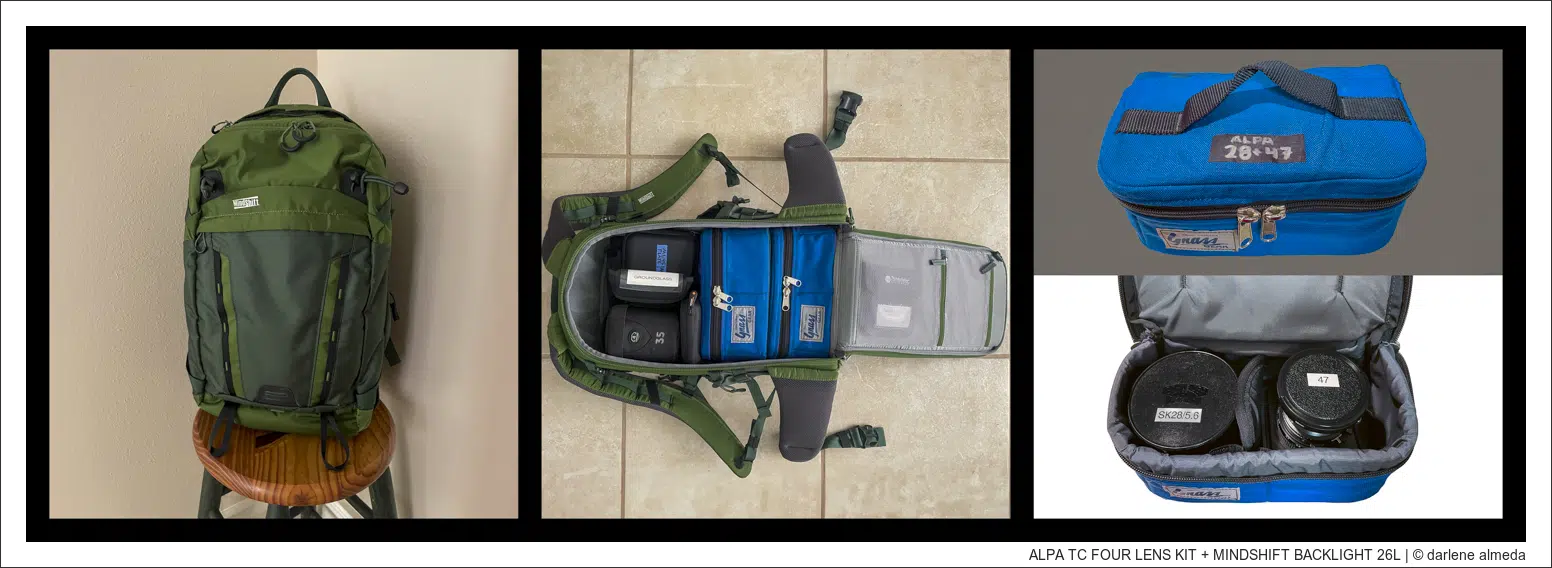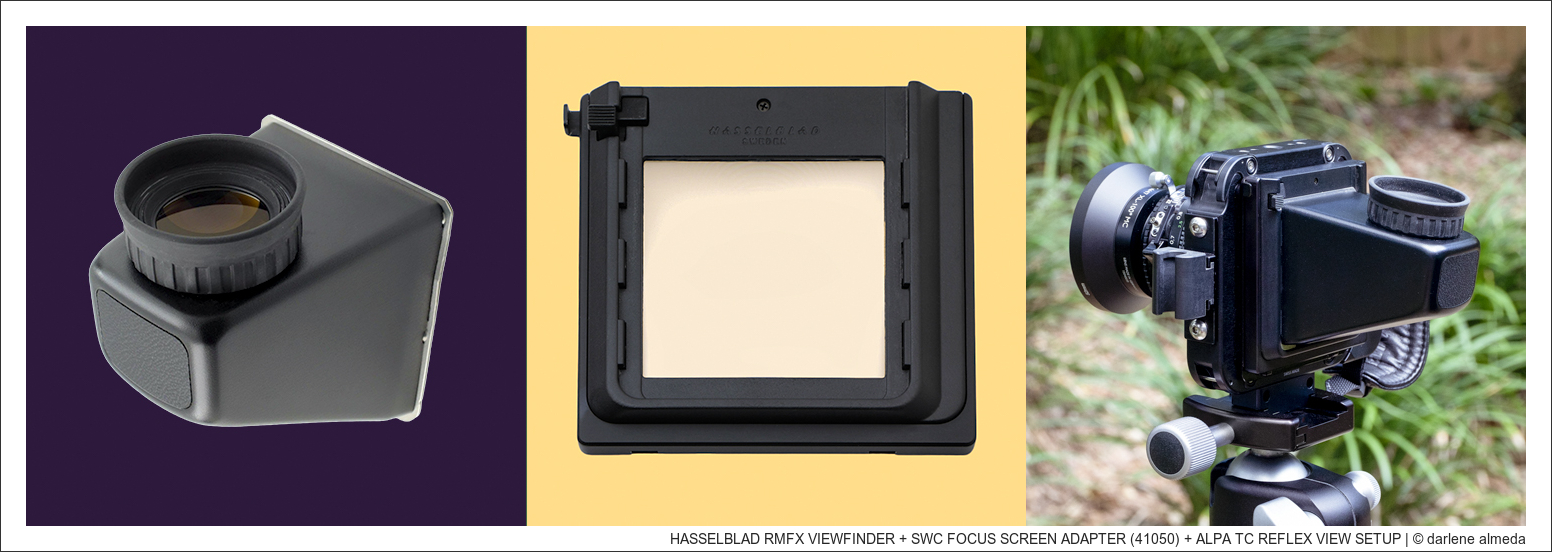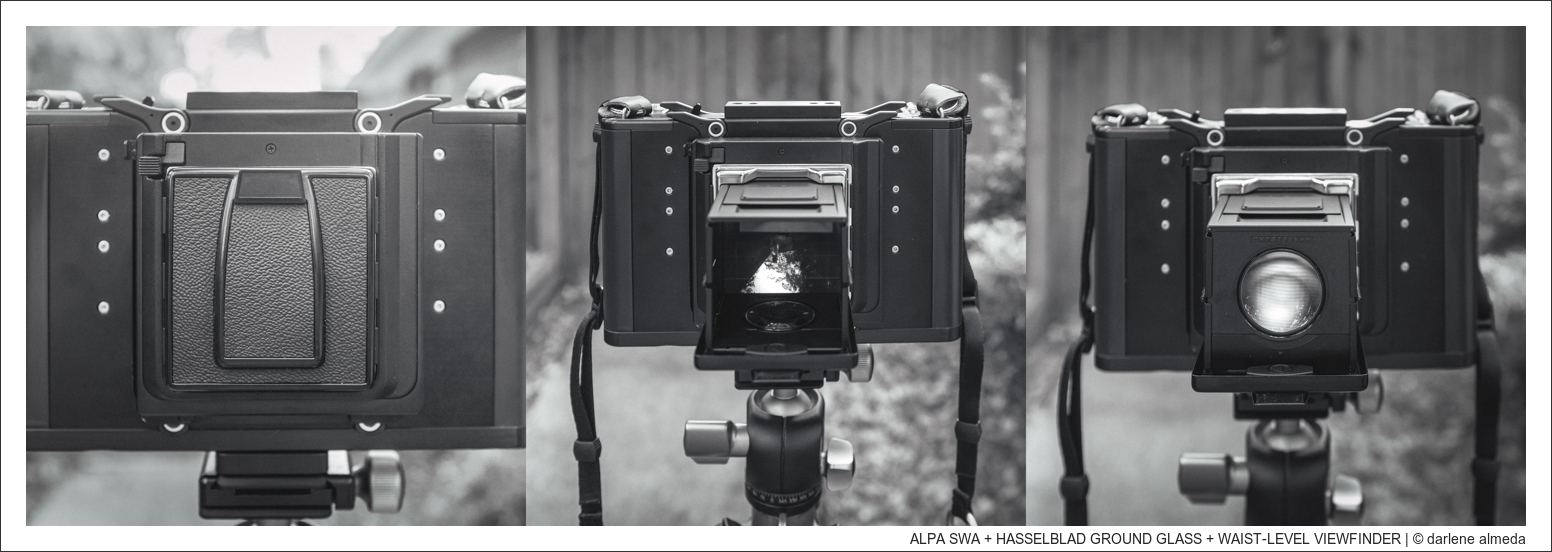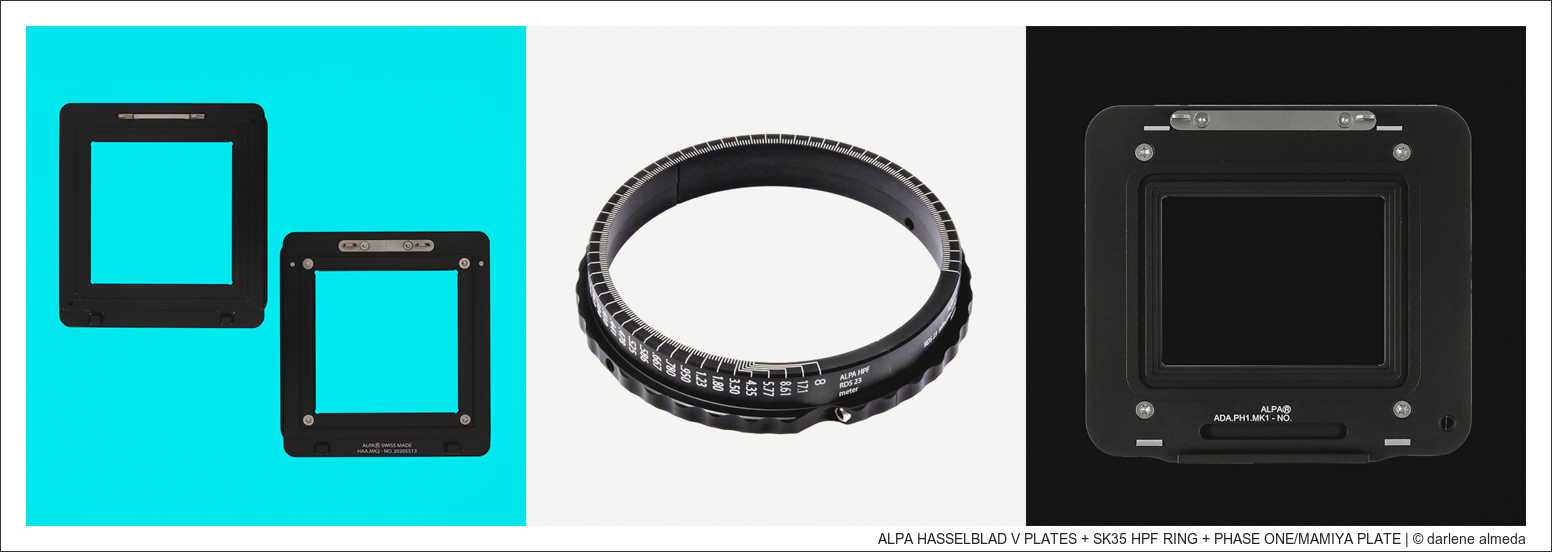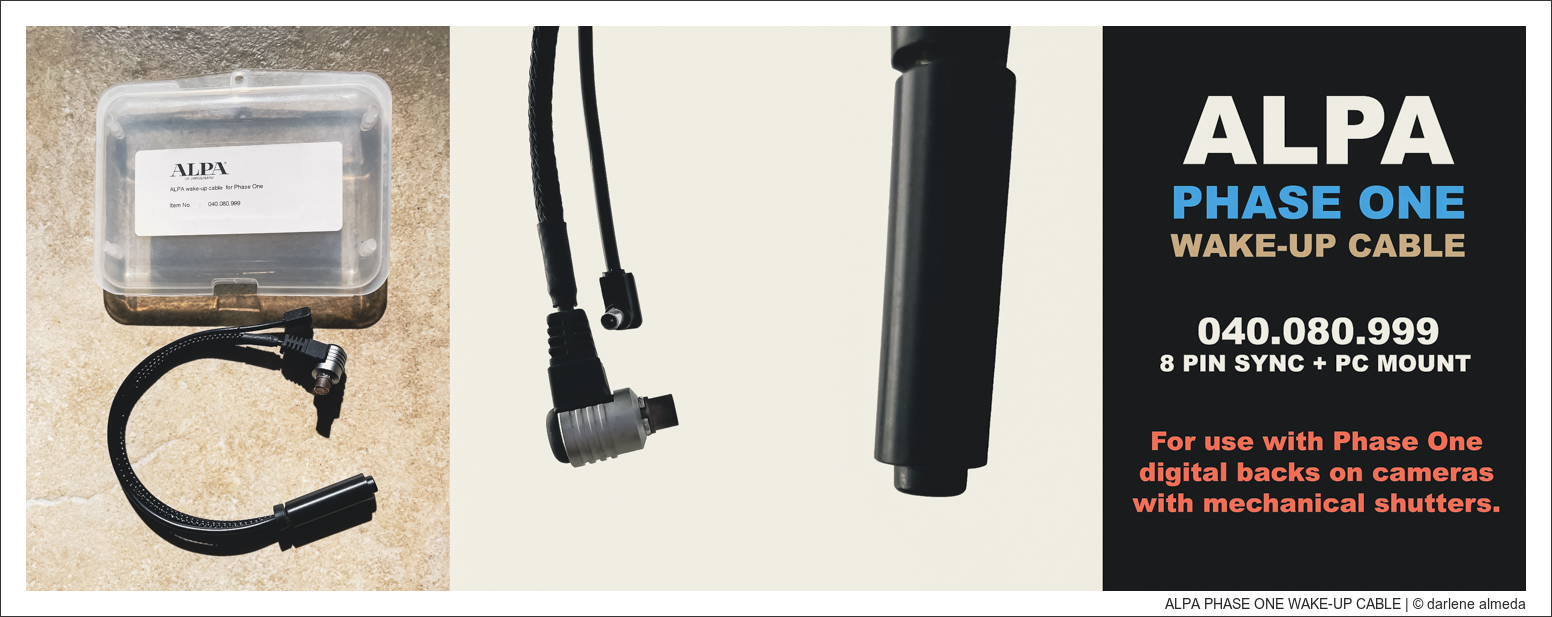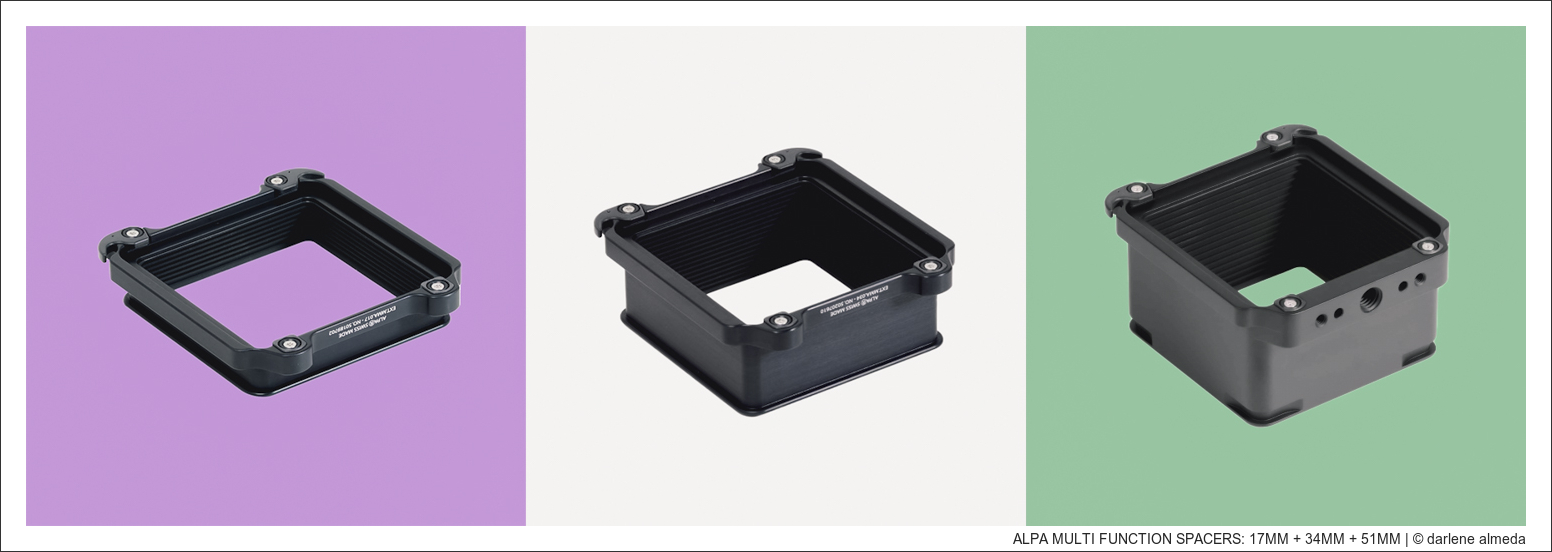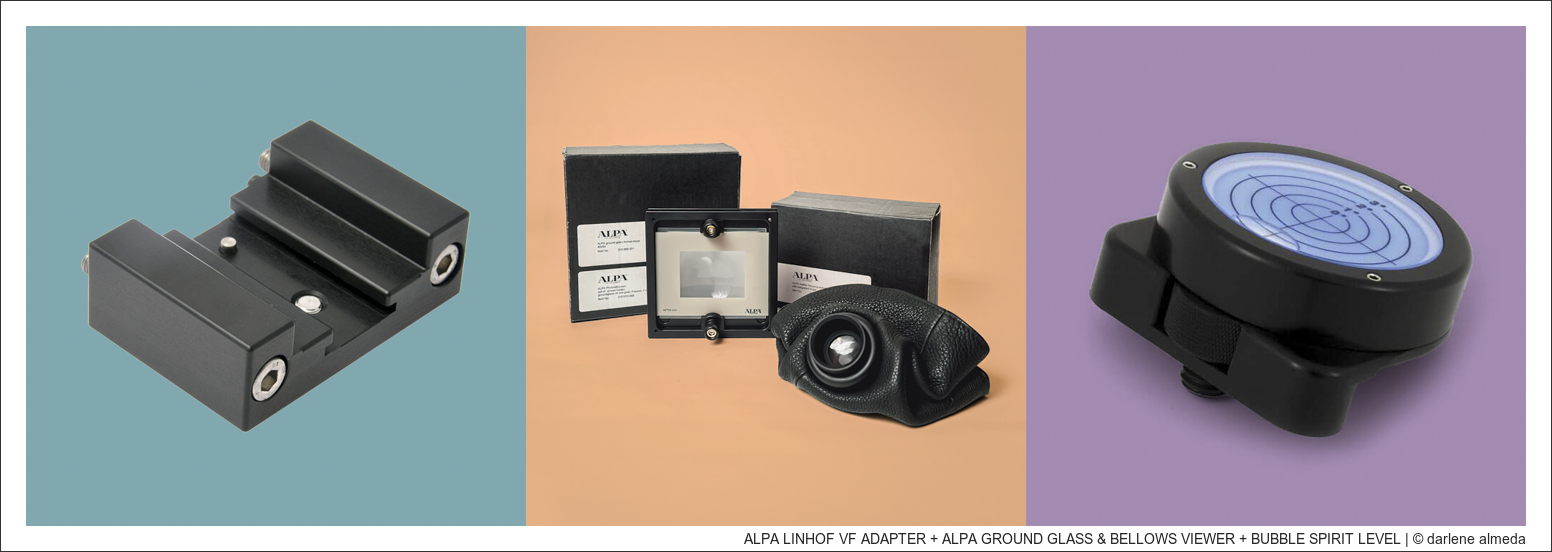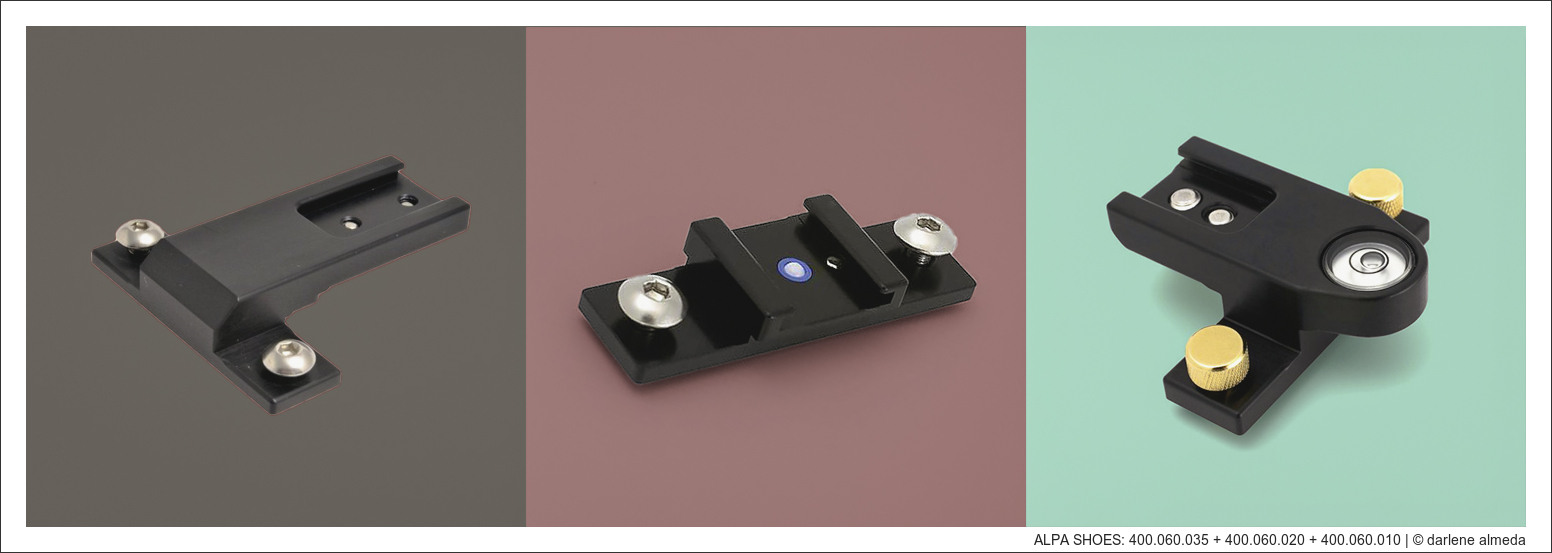[ ALPA CAMERAS: TC + SWA + MAX ]
ALPA GEAR
ALPA CAMERAS & RELATED GEAR I’VE USED TOGETHER:
ALPA CAMERA BODIES:
Max, STC, SWA, TC
ALPA-SCHNEIDER LENSES:
28 XL, 35 XL, 47 XL, 72 L, 120 M
BODY ACCESSORIES:
ALPA Protection Covers: (400.180.010), (400.080.050) & (400.080.040), Cold Shoe Adapter (400.060.020), ALPA Spirit Level (400.120.010)
DIGITAL BACKS:
Phase One P45, Hasselblad CFV-50c & CFV-50c II
DIGITAL BACK ADAPTERS:
MA645, HAA Mk I, HAA Mk II
FILM MAGAZINES:
Hasselblad C12
HASSELBLAD LENSES ON ALPA CAMERAS:
60 CFi, 80 CF, 80 CFE, 100 CFi, 120 CFi, 180 CFi
LENS ACCESSORIES:
ALPA HPF Ring for SK Apo-Digitar 5.6/35 mm XL, Litz Studio Hasselblad Lens Adapter, Extension Tubes, Wake-Up Cables
MACRO ACCESSORIES:
Multiple-Use Spacers/Tubes
VIEWING ACCESSORIES:
ALPA Ground Glass + Leather Bag Viewfinder, Linhof Multifocus VF
LITERATURE AVAILABLE:
ALPA: 2018 Product Brochure
ALPA: Parallel Shift and Scheimpflug Lens Tilt, the use and ideal design of technical cameras
SCHNEIDER DIGITAL LENSES: Brochure
SCHNEIDER CENTER FILTERS: Chart
ALPA RELATED LINKS:
ALPA Website: https://www.alpa.swiss
ALPA: Helvetar 28/5.6 Product Page
OTHER: DAVE CHEW’S Schneider Kreuznach Apo Digitar Lens Data
A LITTLE HISTORY ABOUT ALPA
ALPA (of Switzerland) has a fascinating history dating back to 1946 when the company was founded in Zurich. Originally a producer of 35mm SLR cameras, ALPA soon became known for its high-quality, precision-engineered designs. In the 1990s, ALPA shifted from traditional SLRs to a unique and innovative modular system, focusing on medium format cameras that allowed photographers unparalleled flexibility and control. This led to the birth of the ALPA 12 series, which introduced a modular, mechanical camera system renowned for its precision, versatility, and compatibility with both film and digital backs. It was at Photokina 98 when the beautiful ALPA SWA and WA models first premiered.
The award-winning designs of the ALPA 12 cameras, with models like the SWA, TC, STC, and MAX, became iconic for their simplicity and adaptability, capturing the attention of professional and amateur photographers around the world. These cameras offered a compact design paired with a robust build quality, making them ideal for landscape, architectural, and fine art photography. The ability to pair ALPA 12 bodies with digital backs from leading manufacturers, such as Hasselblad, Phase One, and Leaf, enabled photographers to achieve medium and large-format digital imaging while retaining ALPA’s legendary mechanical precision.
Today, ALPA continues to lead in high-end medium format photography, with the ALPA 12 series praised for its ability to integrate seamlessly with state-of-the-art digital backs. This integration allows photographers to leverage large, high-resolution sensors for digital imaging while enjoying ALPA’s mechanical control and modular flexibility. Through a commitment to quality, adaptability, and the evolving needs of photographers, ALPA has maintained its place at the forefront of both analog and digital photography.
WHY I CHOSE ALPA
ALPA is my preferred medium format technical camera system in the digital age for its precision, durability, lightweight design, and versatility. It excels in both studio settings with a digital back and outdoor landscapes using film or digital capture. Its seamless integration with my Hasselblad system made it the perfect choice for me.
Considering the expenses associated with digital backs, lenses, and other accessories, the ALPA system is undoubtedly a high-end investment. Even in the secondary market, ALPA equipment commands significant prices, with certain lenses being particularly rare and challenging to find. Nonetheless, transitioning to the ALPA system was the ideal choice for me, as I was transitioning from primarily using Hasselblad and 4×5″ film cameras to medium format digital. I started with my first ALPA body, the MAX, almost 15 years ago, and I have no regrets and would gladly reinvest in the ALPA system if faced with the same circumstances.
[ ON THE ROAD WITH THE ALPA STC ]
Now that I’m about 80% retired from commercial work, I spend most of my time traveling for photography across Florida and occasionally visiting friends and family in other states. After deciding to retire, I bought a van and had it customized specifically for my travel and photography needs, avoiding the unnecessary features found in ready-made camper vans.
I enjoy photographing landscapes, usually with a standard to longer lens perspective. Still, I also bring a wide-angle lens for structures and cityscapes that would be challenging to capture otherwise. One camera that has consistently met my needs for both panoramic stitching and single shots is the ALPA STC.
Over the years, I gradually built my ALPA system piece by piece when it was more affordable, and Copal shutters were still available. I hope you enjoy my reflections on my experience with the ALPA system, which I’ll be sharing here.
ALPA MODULAR SYSTEM
ALPA operates on a modular system, allowing users to tailor their setup to their preferences. Many components designed initially for Hasselblad V cameras are compatible with ALPA medium format cameras. Combining Hasselblad equipment with ALPA bodies brings me immense satisfaction, given Hasselblad’s longstanding role in my commercial work.
When asked about my film digitization process, I explain how ALPA and Hasselblad work seamlessly together in my digitizing setup. For increased file size from a medium format sensor, I pair the ALPA TC with an ALPA/Schneider 120mm macro lens and macro/multifunctional adapters, combined with the Hasselblad CFV II 50c (50c) digital back. Sometimes, I also opt for a Hasselblad CFi 120/5.6 macro lens and a Vari-tube to digitize 4×5 film. These precise and tack-sharp setups work efficiently on my Beseler CS Copy Stand without needing a computer connection, thanks to the 50c’s sharp live view zoom and electronic shutter, which minimizes cabling for digitization and much of my landscape work.
This is just one example of how I use the ALPA camera system’s adaptability. Integrating ALPA cameras with Hasselblad lenses, digital backs, and accessories has dramatically enhanced my creative process.
ALPA MAX
[ ALPA MAX UNBOXING + MAX & LINHOF VF + MAX IN THE LANDSCAPE ]
My first ALPA camera was the Max, a versatile technical camera body offering both horizontal (36 mm total, 18 mm each way) and vertical shifting (43 mm, +25 mm up, -18 mm down). Its design allows seamless shifting without moving the lens or causing stereoscopic effects.
The Max is designed for stitching, with tilt or swing movements up to 10° possible using the right adapters and lenses. After a decade, I traded it for an SWA (Shift Wide Angle), as I no longer needed all of the Max’s shifting features. I developed a lighter, more travel-friendly stitching technique using the TC with a gimbal and rail slide. Eventually, I transitioned to the STC for its lateral shifting, which better suits my on-the-road stitching and solo shooting needs.
However, I kept the SWA for studio work, which pairs well with my favorite ALPA Copal shutter lenses and Hasselblad digital backs for product photography. Ultimately, technical cameras involve trade-offs in weight, size, or cost, and the Max’s weight became undesirable for me. Still, I highly recommend the Max to photographers who need its capabilities. And now, with the addition of the ALPA 12 Pano camera, a girl can only dream!
IMAGE: NATURE’S RESTORATION
[ ALPA MAX + SK 72/5.6 L + P45 ]
GALLERY #1: ALPA MAX
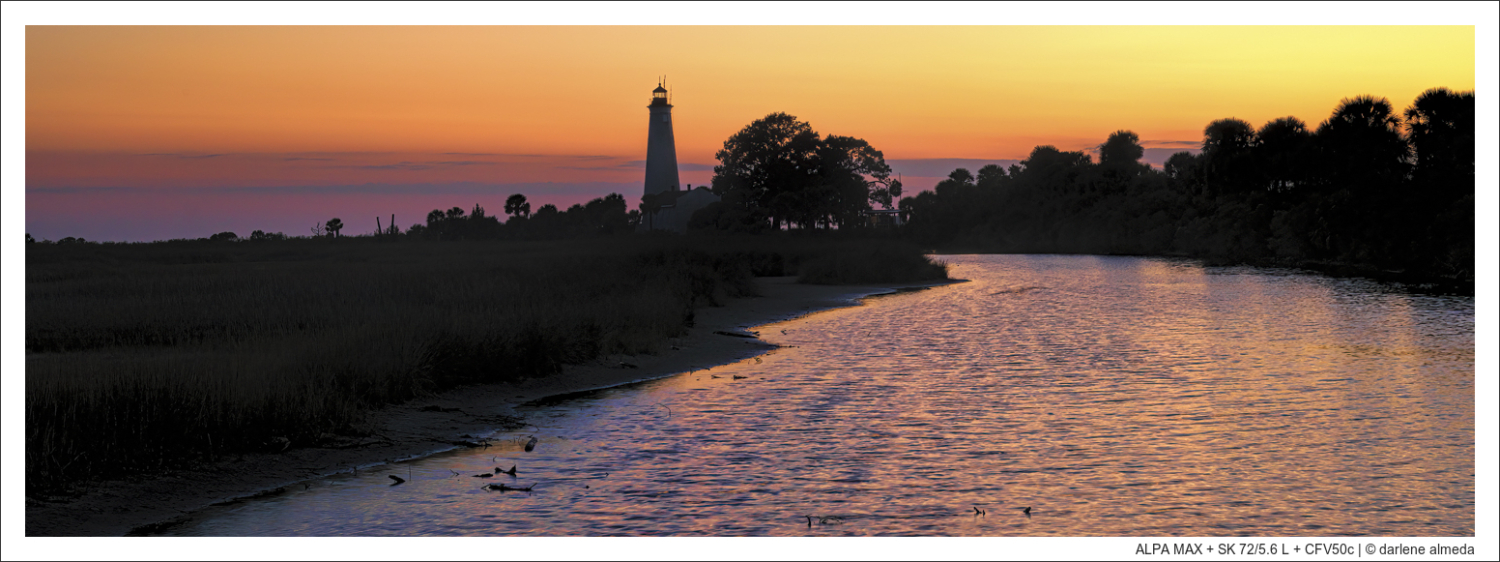
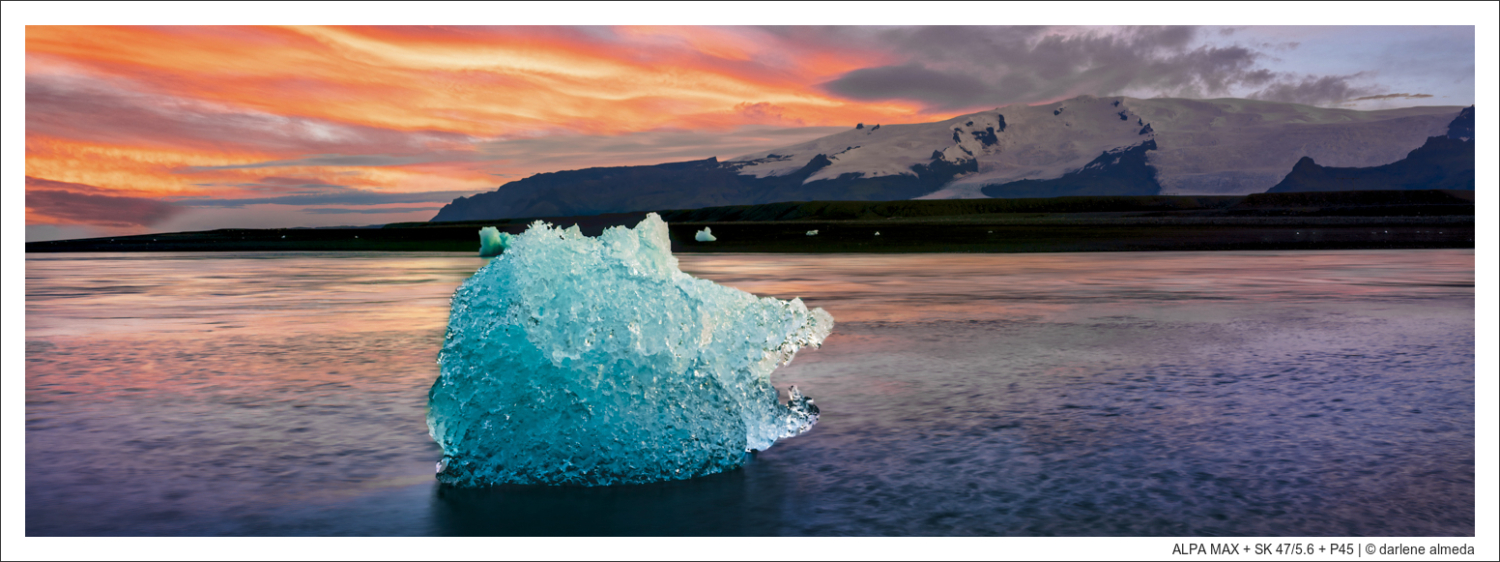
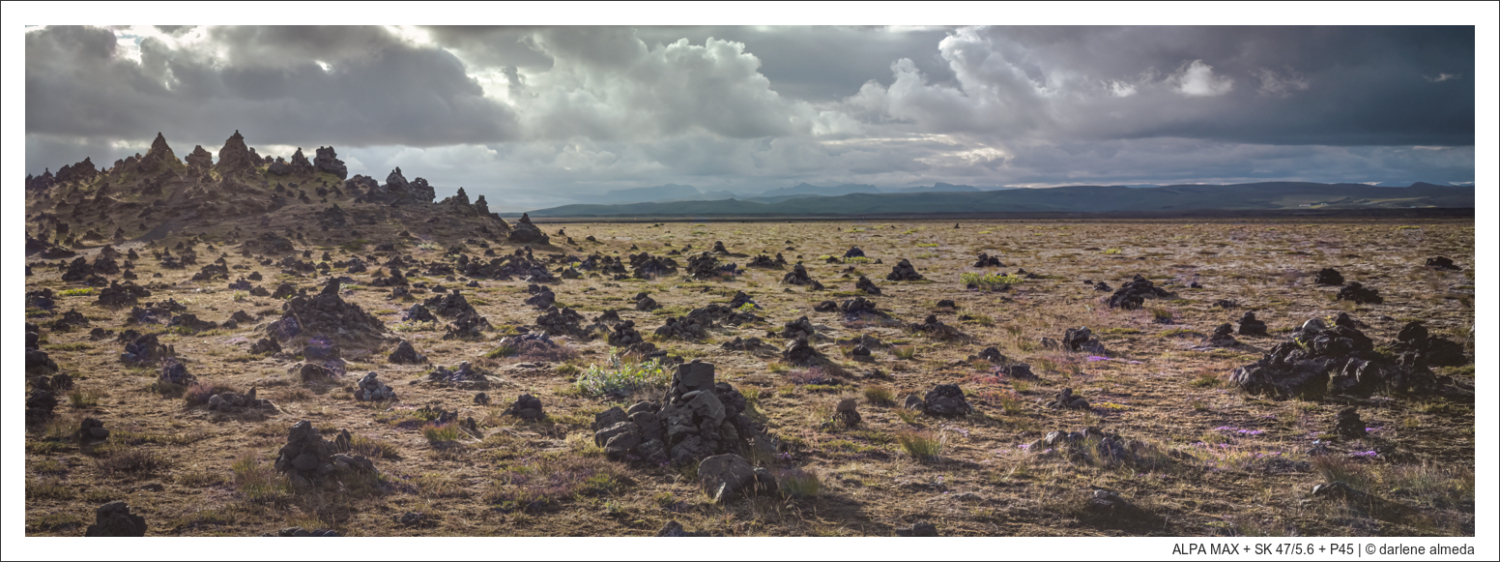
ALPA STC
[ ALPA STC + SK 35/5.6 w/CF + STC REAR MOVEMENTS + STC STITCHING ADAPTER ]
The ALPA 12 STC (Shift Travel Compact) is renowned for its compact size and lightweight design. It incorporates integrated shift capabilities for perspective correction, which allows for stitching multiple images and effectively multiplying the pixel count in a single shot.
The STC offers 18mm of lateral shift in both directions, providing a total shift range of 36mm. By simply rotating the camera 90°, the lateral lens shift can be transformed into a rise or fall adjustment, adding versatility.
From a design standpoint, the STC and other ALPA cameras with integrated shift feature a unique advantage: all shift movements are executed on roller bearings, providing unmatched precision. This attention to detail highlights ALPA’s commitment to delivering the most precise tools for professional photographers.
The STC has become my go-to setup for stitching digital images, particularly for landscapes where I prefer using normal to long focal lengths. The STC’s precision in stitching shines in this context, making it a favorite for capturing detailed, seamless panoramas.
After creating a three-slice image, like the one shown below, importing the slices into Lightroom for panorama stitching is a breeze. With virtually no perspective distortion, what’s not to love? The process is even smoother with the advent of Live View, and I favor Hasselblad digital backs for their excellent color science. The combination of ALPA and Hasselblad is a winning formula for me.
IMAGE: AUTUMN GLOW ON THE MARSH
[ ALPA STC + SK 72/5.6 L + CFV II 50c ]
GALLERY #2: ALPA STC
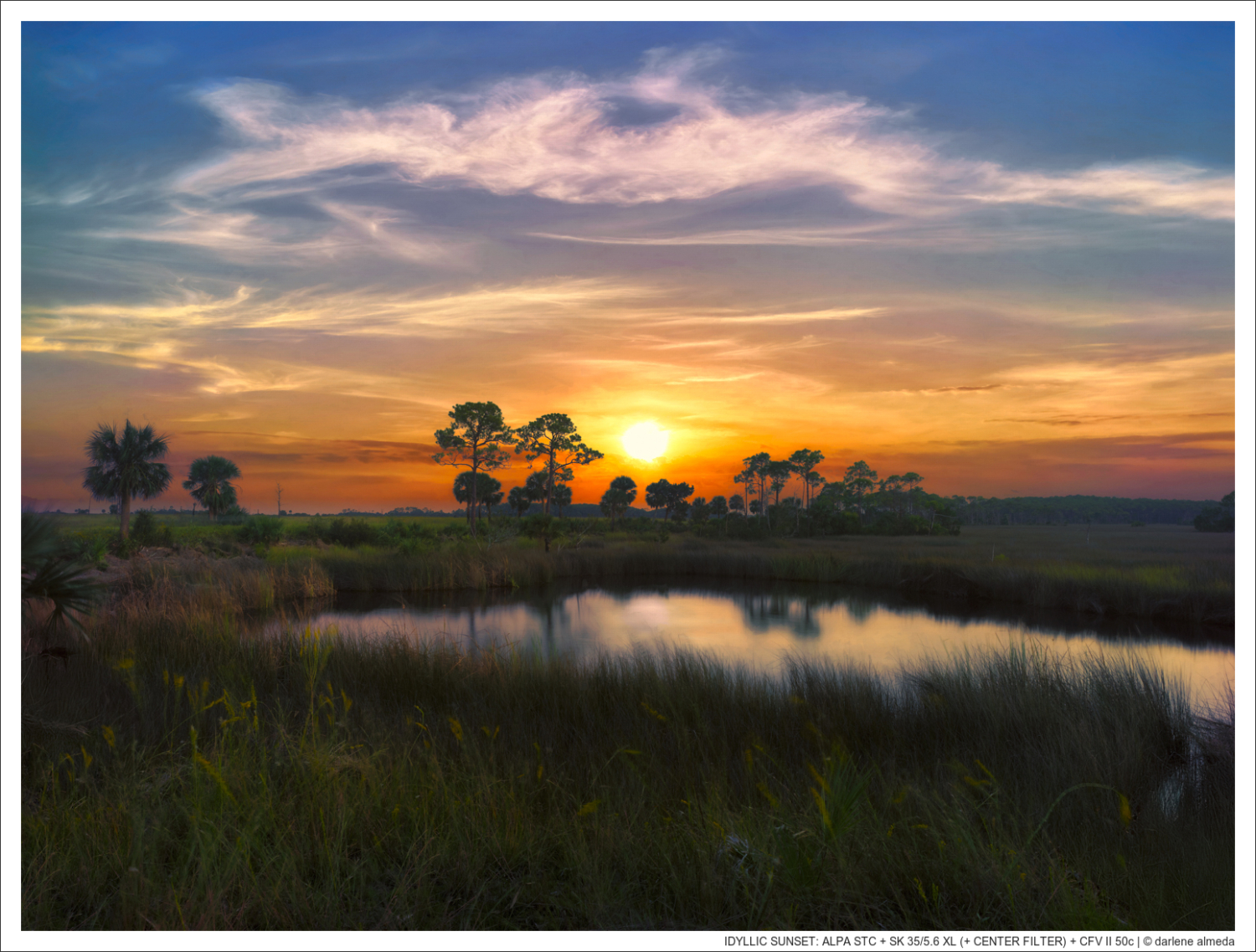
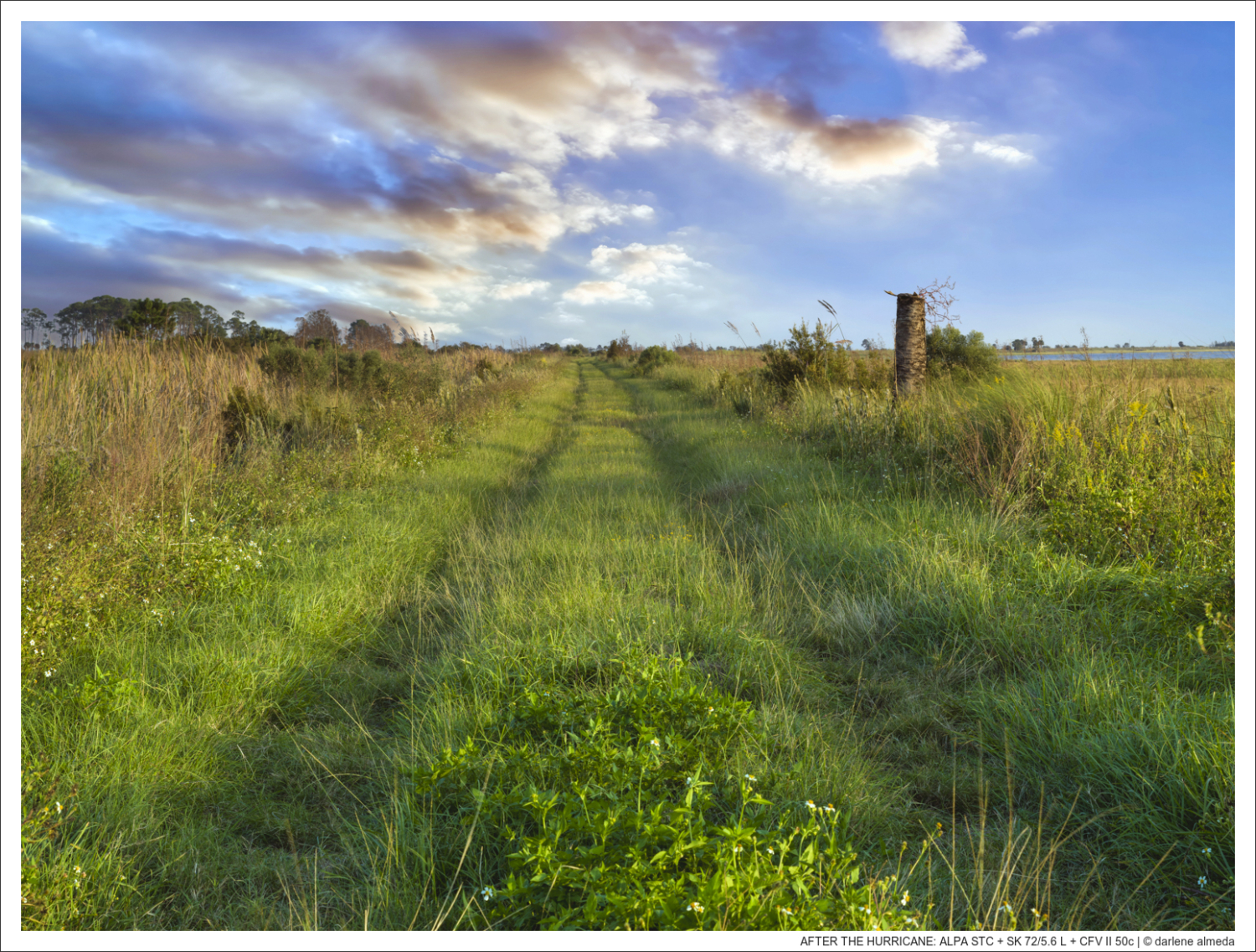
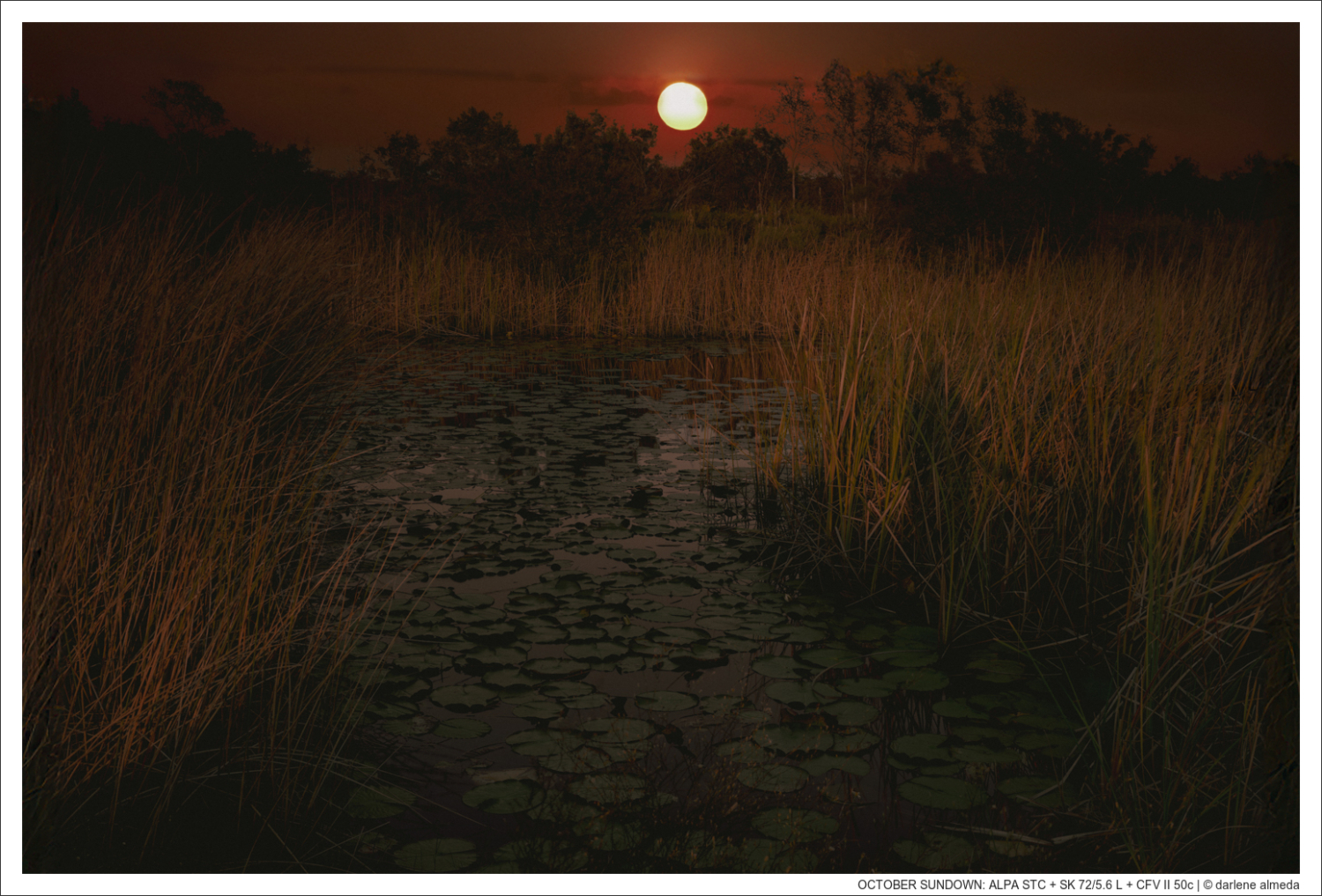
ALPA SWA
[ ALPA SWA + CFV 50C + SK 35/5.6 + HASSELBLAD CFI 100/3.5 + LINHOF VF ]
[ SWA AT WORK IN THE STUDIO w/PROFOTO D1 LIGHTS ]
The SWA (Shift Wide-Angle) is a precise and popular camera for film and digital shooting. It was ALPA’s first model in the ALPA 12 medium-format camera series.
The SWA has a front rise of 25 mm, and if you place the SWA upside down on a tripod with its appropriate adapter, it now has a front fall of 25 mm. And, if you use it with a digital back, you can achieve the same effect of having a downward shift by placing the lens on the rear of the SWA and the digital back on the front. With the correct modules (you can stack them), the SWA, like all ALPA cameras, offers tilt/swing.
The SWA became my go-to medium format studio camera for product shooting after I traded the Max for it. Shooting mostly catalog work, I use the Hasselblad CFi 100/3.5 and CFV II 50c digital back with the SWA.
Shooting with ALPA’s SK 28 & 35 lenses on the SWA makes this an effective architectural digital setup, as perspective correction is possible when shooting on-location inside tight spaces.
The SWA is a delightful camera to shoot, as I appreciate its simple yet versatile design, weight, and built-in handles and spirit levels; it is a beautiful camera.
IMAGE: COBALT & CITRUS
[ ALPA SWA + SK 72/5.6 L + CFV 50c ]
GALLERY #3: ALPA SWA
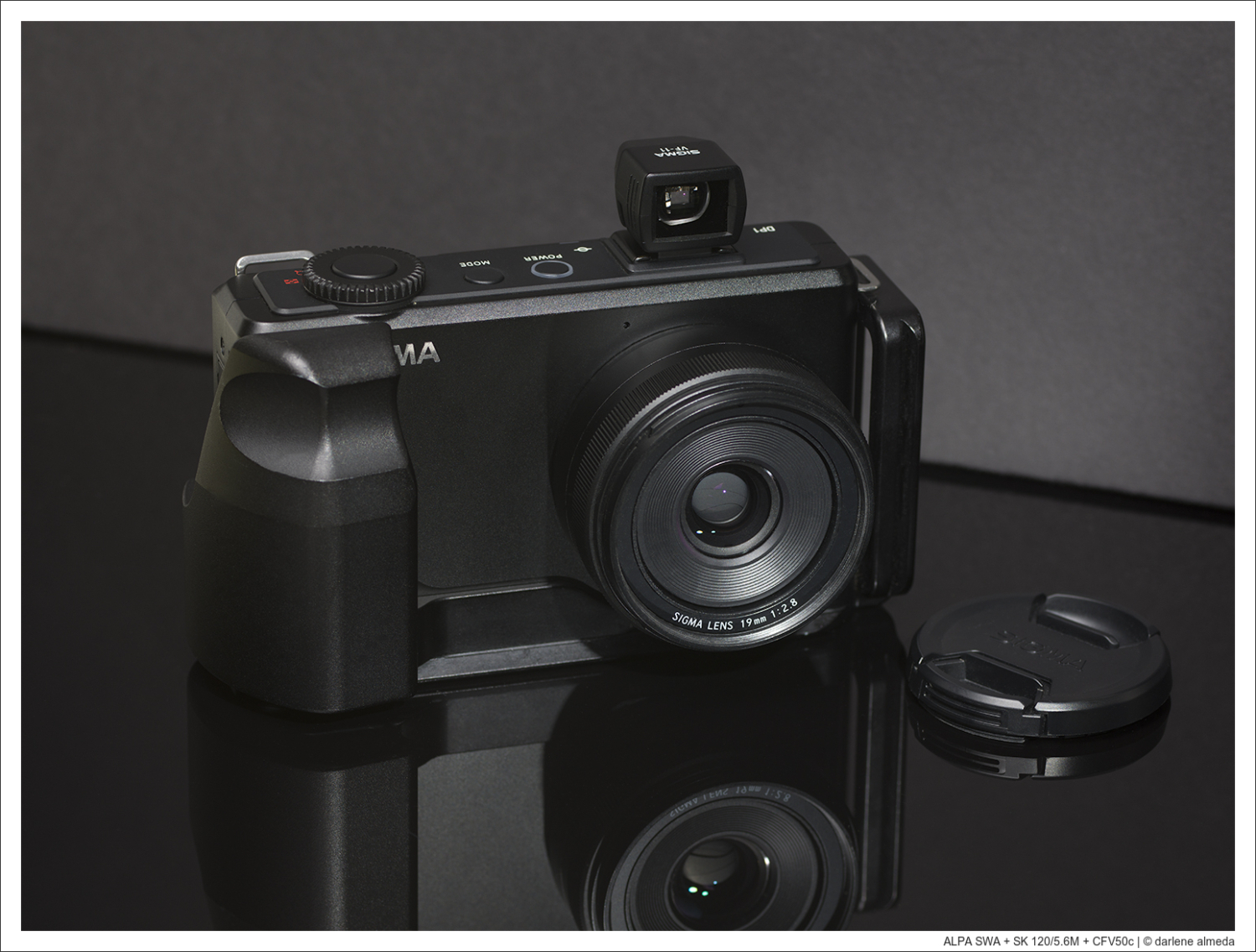
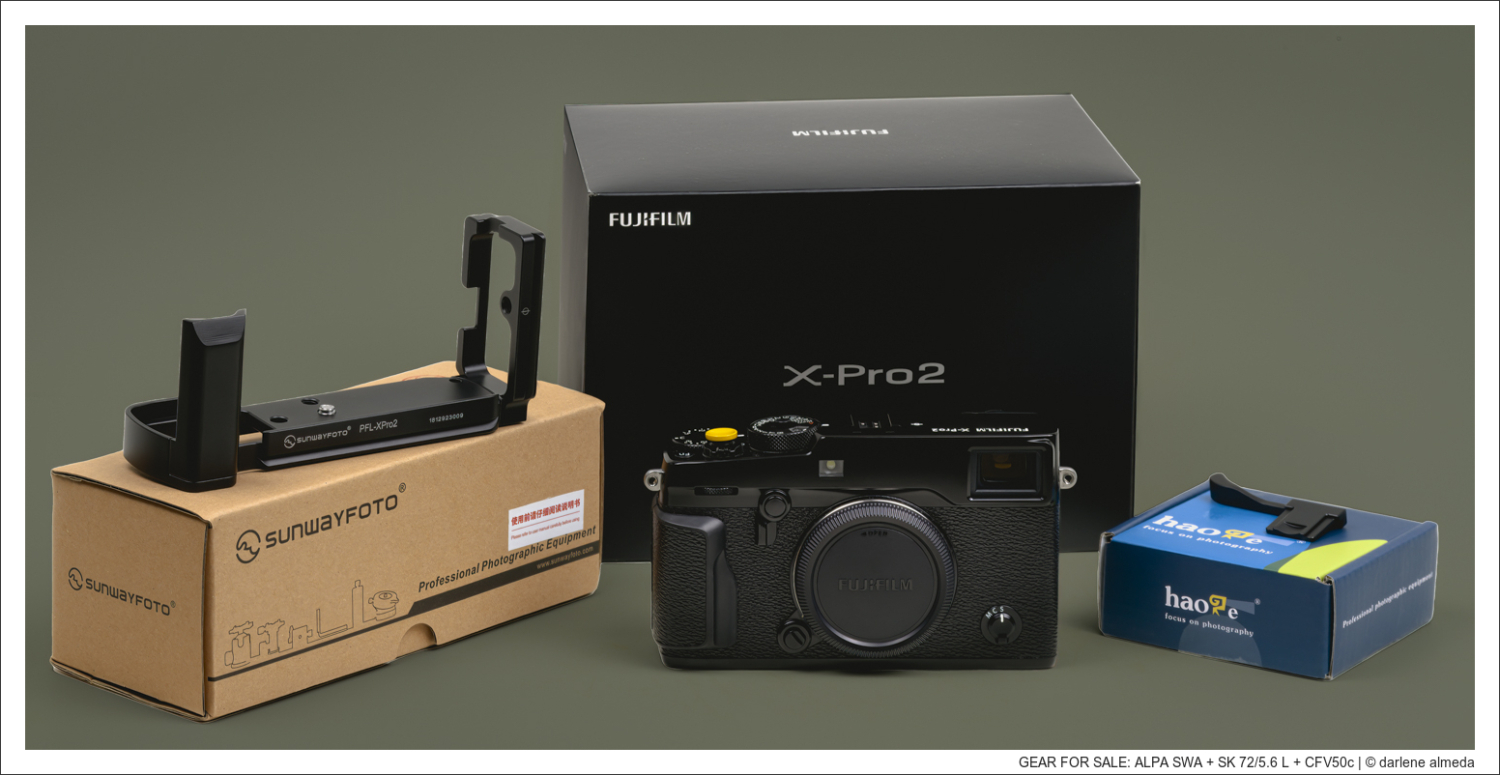
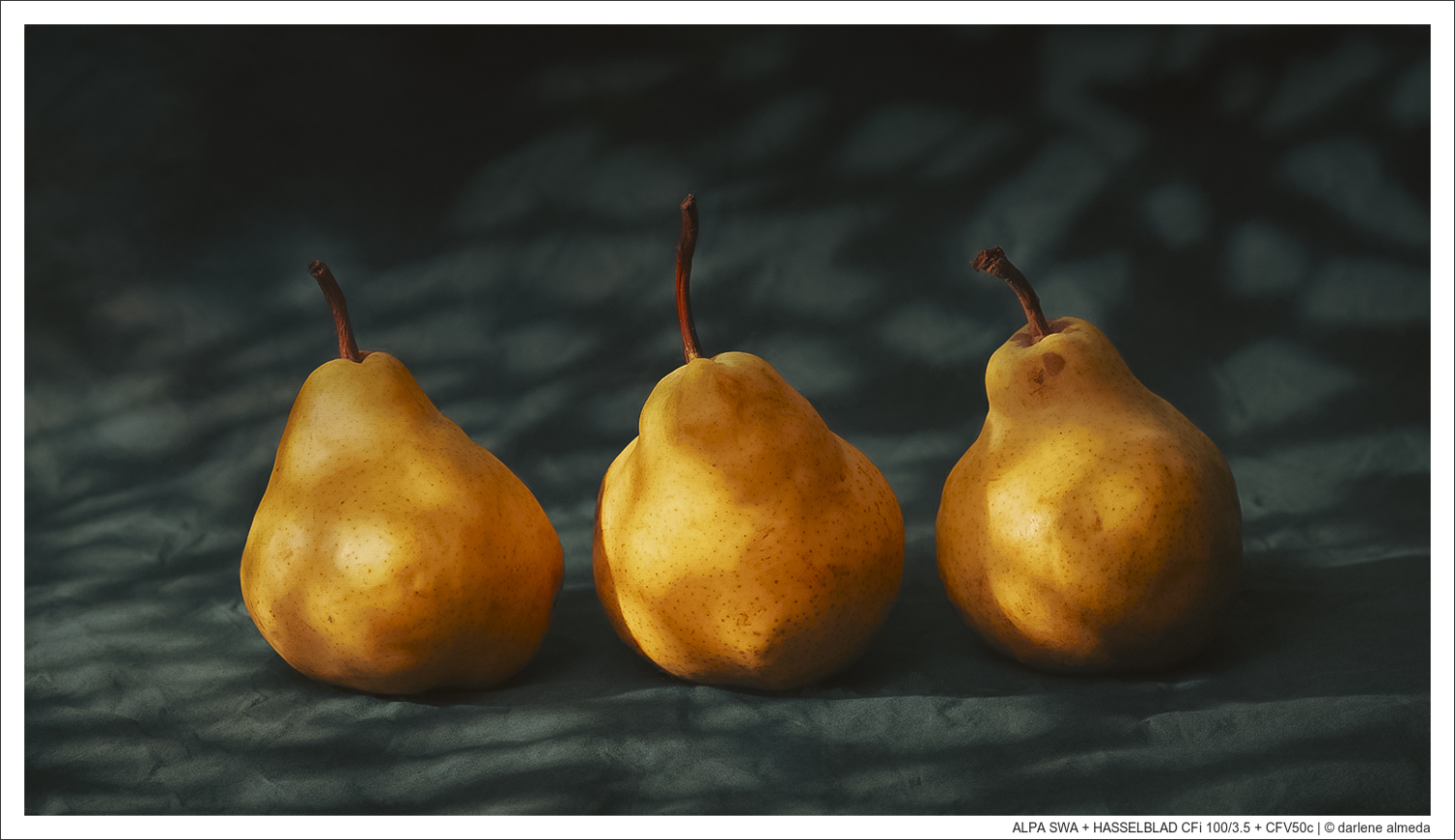
ALPA TC: THE LIGHTWEIGHT TRAVEL COMPANION
[ ALPA TC w/GRIP + FRAME + 3.56 # WEIGHT w/GRIP, STRAP, SK 35/5.6, CFV50c, BUBBLE LEVEL ]
The ALPA 12 TC (Travel Companion) is ideal for photographers on the go. Compact and lightweight, it integrates smoothly with the ALPA 12 camera platform despite lacking movements. It supports both modern digital backs via adapters and roll film up to 6×9 cm, appealing to both digital and film photographers. The TC is compatible with all ALPA adapter-compatible lenses.
In Image #1, my TC is shown with a black synthetic grip, which I prefer over the standard rosewood grips for its soft texture and comfortable feel. Image #2 highlights the TC’s frame, showcasing its lightweight build—essentially just a precise, albeit expensive, frame! Image #3 features the TC with the SK 35/5.6 lens, Hasselblad CFV50c digital back, digital back adapter plate, grip, hand strap, metal lens hood, accessory shoe, and bubble level, weighing just 3 lbs-5.6 oz. I often referred to this as my lightweight digital alternative to the Hasselblad SWC, though now the 907x 50c provides another option. However, unlike the TC, the 907x cannot use film magazines.
The ALPA TC was my go-to camera for travel and landscape photography, often paired with a gimbal for stitching, until I acquired the STC. Now, the TC serves as my lightweight option for high-resolution film digitization.
IMAGE: IMPERIAL HOTEL
[ ALPA TC + SK 47/5.6 XL + CFV 50c ]
GALLERY #4: ALPA TC
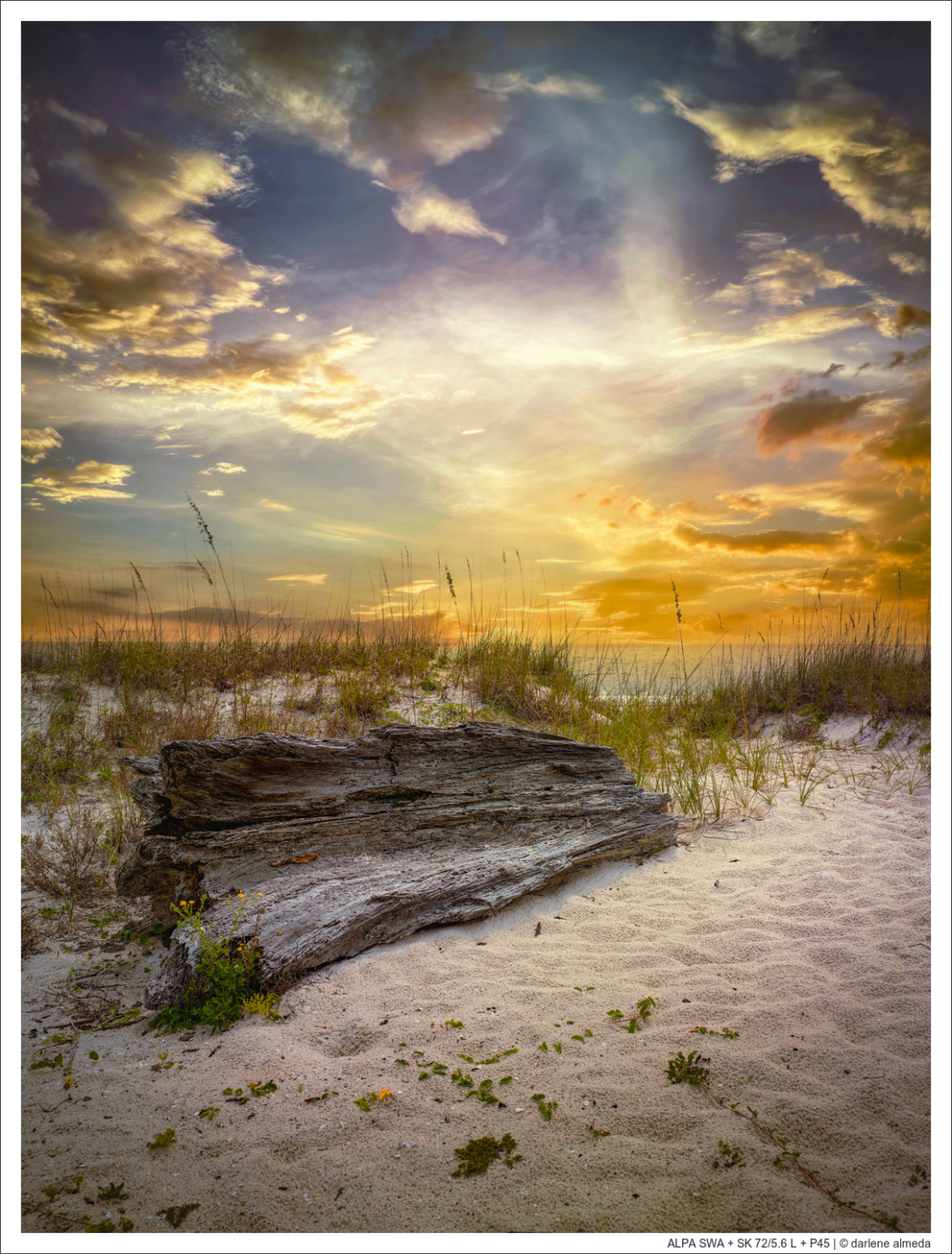
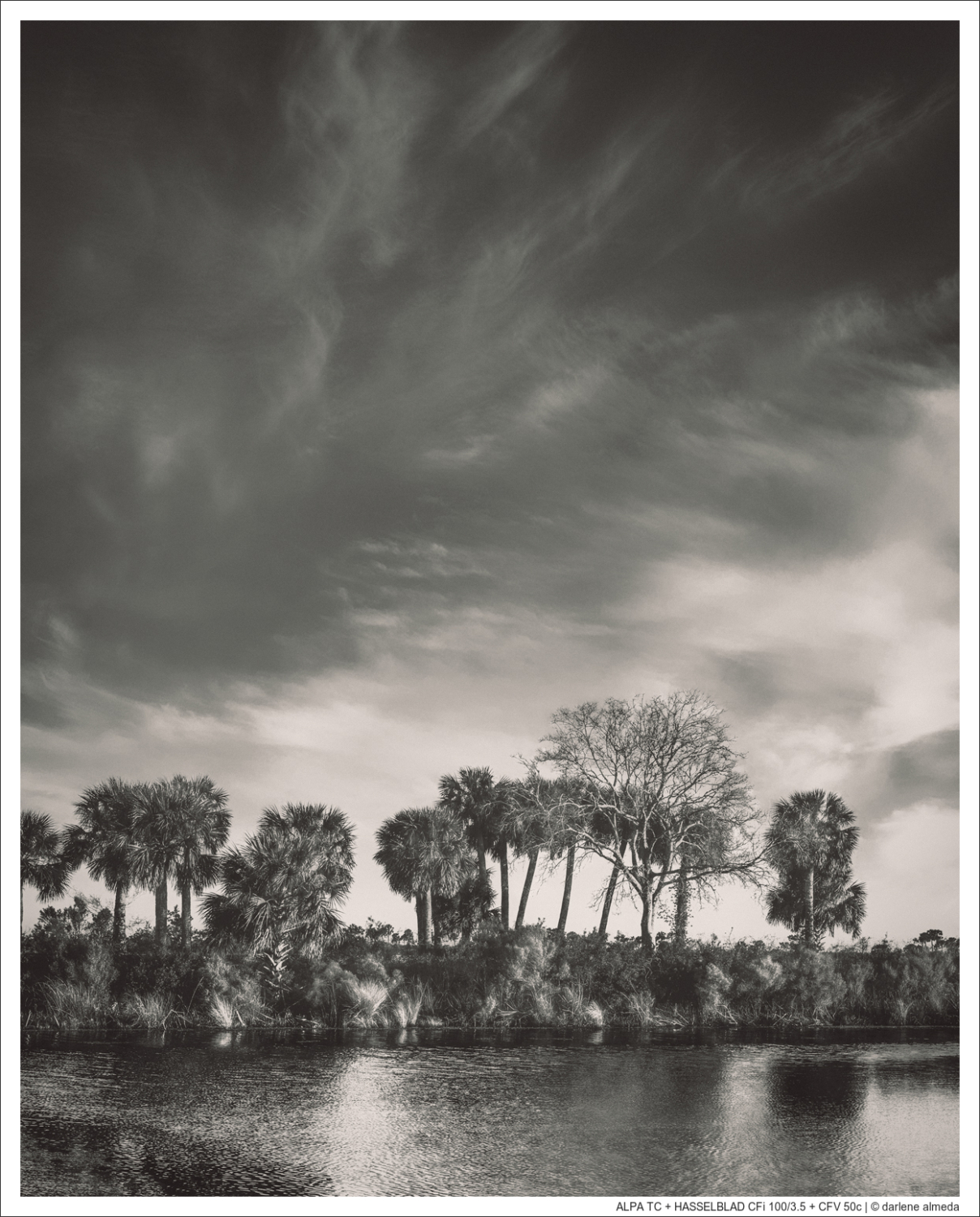
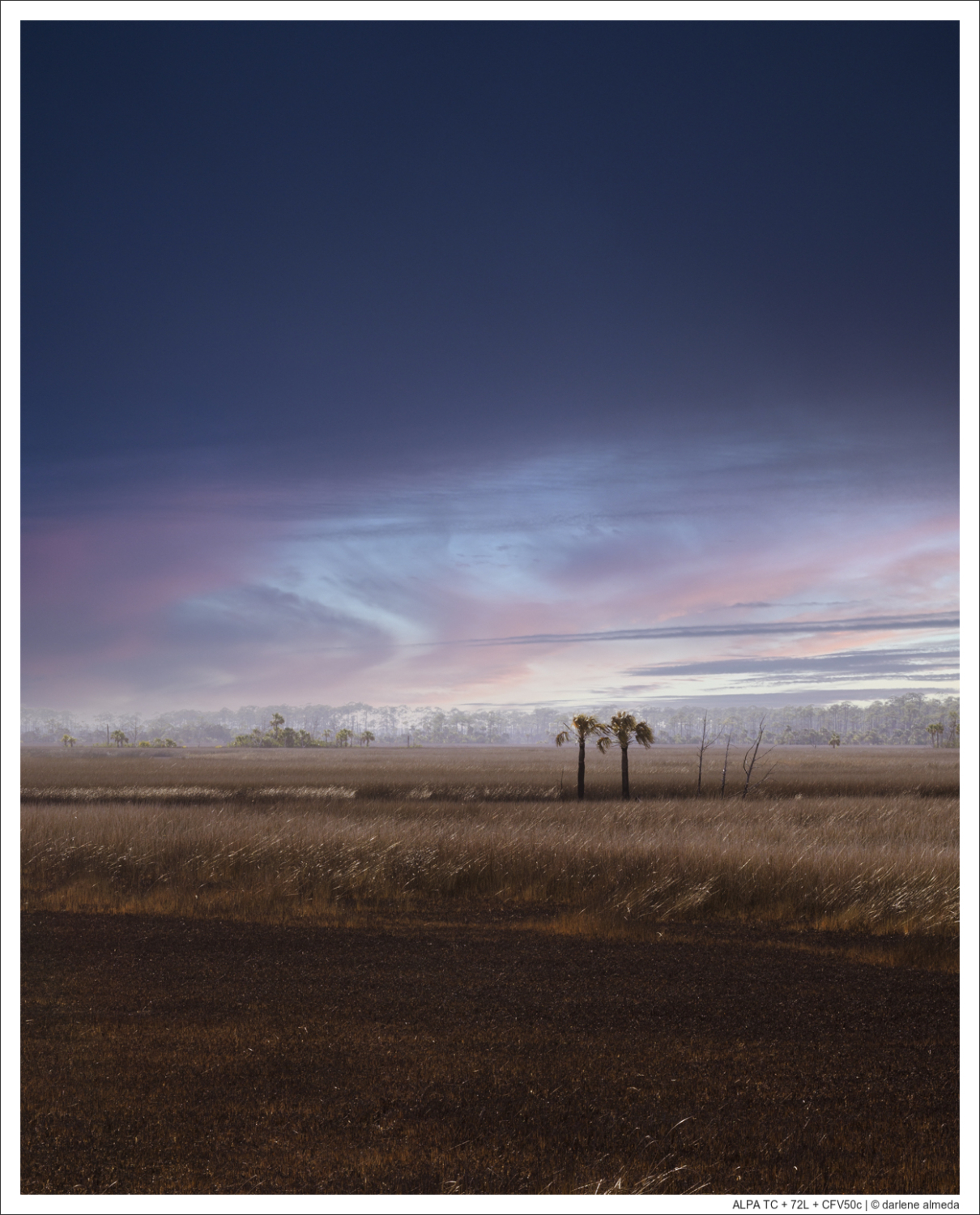
ALPA LENSES
[ ALPA SK LENSES: 35XL, 47XL, 120M, 72L, 28XL ]
Lenses are indispensable tools for photographers. They are highly coveted for their quality, albeit often carrying a hefty price tag for top-tier options.
One such prestigious brand is ALPA, which I embraced early in my photography journey. Transitioning from large format film to medium format digital, ALPA became my second medium-format digital camera system after my initial setup focused around the Arca Swiss ML2 fell short. Despite its steep cost, the quality of ALPA lenses proved unmatched. Starting with the SK Digitar 72 L and the 43 XL, I added a used SK 120 M for specific product work. Over time, I acquired the SK 28 XL and the SK 35 XL from the used market. Each lens serves a distinct purpose, with the SK 28 XL demanding more attention due to its specialty wide-angle nature, while the 35 XL hits the sweet spot in my kit.
However, ALPA no longer offers SK lenses in their mounts, as Schneider Optics discontinued this line when Copal shutters ceased production. Despite my preference for the smaller size and asymmetric design of ALPA’s SK lenses over Rodenstock’s, I remain open to the latter’s offerings.
As I contemplate acquiring a CFV 100c in the future, primarily for its BSI sensor rather than its 100 megapixels (which would necessitate a new computer), I’m prompted to reassess my need for all my ALPA lenses. With the high resolution of 100 megapixels, cropping becomes a viable option, encouraging me to reconsider my lens collection.
Let’s now look at each lens pictured above in greater detail. I used this Depth of Field (DoF), Angle of View, and Equivalent Lens Calculator for the calculations.
ALPA HELVETAR 28/5.6
HELVETAR 28/5.6: Data Sheet & MTF Chart
This is a much sought-after lens if you specialize in architectural or landscape photography. It epitomizes the pinnacle of extreme wide-angle optics, with minimal distortion owing to its partially symmetrical construction and remarkably short flange focal length. Schneider spared no effort in ensuring seamless integration with the ALPA system, pushing boundaries to deliver unmatched performance.
The ALPA Helvetar 28/5.6 mm version features an exclusive HPF-like distance scale in meters, supplemented by a mirrored 180-degree scale in feet, all within its square mount, enabling versatile positioning. A generous 90mm image circle allows ample room for adjustments when paired with digital backs. This lens captures an image area akin to a 22mm lens on a 35mm format camera, making it ideal for photography in the tightest spaces with its short focal length and expansive 115° viewing angle.
However, its susceptibility to oblique ray paths presented a challenge for digital backs with pixel sizes below 9 or 6.8 microns, often resulting in significant color casts that were challenging to rectify until BSI sensors became available. The inclusion of a special center filter offers some relief with color casts when used with a non-BSI sensor.
This lens remains unparalleled for high-resolution achromatic digital backs and black-and-white photography. It delivers exceptional imaging performance in a lightweight and compact form.
Key Features:
- 90mm image circle
- resolution: 80/lp
- 10-element design
- expansive 115° viewing angle
ALPA DIGITAR XL 35/5.6
DIGITAR XL 35/5.6: Data Sheet & MTF Chart
The ALPA DIGITAR 35/5.6 XL Lens with Copal #0 Shutter is a highly specialized large-format lens tailored for digital backs. It was designed to excel even at larger apertures to prevent degradation from diffraction and maintain peak performance at its widest settings.
It has been recommended for use with backs as large as 37x49mm. This lens captures an image area akin to a 28mm lens on a 35mm format camera, making it ideal for tight-space photography with its short focal length and expansive 102° viewing angle. For larger backs nearing the lens’ maximum coverage, optimal performance is achieved with the recommended Schneider #08-1003286 center filter.
This is a much sought-after lens as it has a small footprint and is lightweight. I have had my copy for years and find it my go-to wide-angle choice.
For a fair price, I found a new center filter (CF) at Linhof Studio in the UK. Using the 35 XL with my P45 back did not prompt the use of the CF, but after upgrading to the CFV50c, I began my search for the CF and was lucky to locate one, as these are difficult to find. Overall, this lens is an excellent tool in my ALPA toolbox, and I recommend it if you need a small, lightweight wide-angle.
Key Features:
- designed for extremely high resolution on digital backs up to 37x49mm
- fitted with a conventional Copal #0 shutter
- delivers an exceptionally fine, uniform 90mm image circle
- a wide-angle view with expansive 102° coverage
- apochromatic design eliminates color fringing
- ideal aperture range of f/5.6-11
- compatible with 52mm threaded filters
- compact rear barrel with a minimal flange back, facilitating use across a range of cameras
- optional 08-1003286 center filter for enhanced performance
ALPA DIGITAR 47/5.6 XL
DIGITAR XL 47/5.6: Data Sheet & MTF Chart
The ALPA Schneider 47mm f/5.6 Apo-Digitar XL Lens, equipped with a Copal #0 Shutter, is a specialized wide-angle lens designed for digital back use where demanding high resolution and color-accurate image circles of a reduced size are essential. Digital backs particularly benefit from using larger apertures to circumvent image quality loss due to diffraction, making this lens ideally suited for use at its full aperture at all times.
Recommended for backs up to 63x63mm, this lens delivers a field of view akin to a 37mm lens on a 35mm camera, offering a broad perspective onto the sensor. Its short focal length and wide 100° viewing angle make it perfect for photographing confined spaces, architectural subjects, and scenarios where space is limited.
Key Features:
- designed for digital backs as large as 63x63mm
- copal #0 shutter
- 113mm image circle
- wide-angle view with 100° coverage
- apochromatic design to eliminate color fringing
- ideal working aperture range of f/8-11
- 52mm threaded filters
- small rear barrel with minimal flange back
ALPA APO DIGITAR 72/5.6 L
ALPA APO DIGITAR 72/5.6 L: Data Sheet & MTF Chart
The ALPA Schneider 72mm f/5.6 Apo Digitar L Lens is a telephoto lens tailor-made for medium-format digital photography, delivering images with high resolution and precise color accuracy within compact image circles. Its design caters specifically to digital backs, allowing for optimal performance at wider apertures to prevent the loss of image quality due to diffraction. This lens is equipped with a standard Copal #0 shutter for reliability and ease of use.
Suitable for digital backs up to 63x63mm, the 72mm Digitar captures an image field comparable to a 64mm lens on a traditional 35mm format camera, making it a versatile choice for both on-location and studio photography. It maintains consistent sharpness across a wide range of reproduction ratios, and its 90mm image circle is preserved across all apertures, including its maximum of f/5.6. This consistency in image circle size, alongside its exceptional sharpness at f/5.6, allows it to surpass the image quality of any medium format SLR lens when used with 6×7, 6×6, and 645 format film backs.
Digital photography often outshines traditional film photography, especially for print outcomes, by requiring lenses that can reproduce intricate details within the constrained area of a digital sensor. The 72/5.6 L Digitar lens excels in leveraging the full potential of your digital back, ensuring maximum image quality and detail capture.
Key Features:
- high-resolution lens for digital backs as large as 63x63m
- apochromatic color correction for excellent edge delineation across the entire field
- produces extremely fine, uniform 90mm image circle
- lens coverage remains identical at all apertures, including f/5.6 maximum aperture
- can be used with 6×7, 6×6, and 645 film backs to provide superior image quality
- mounted in conventional copal shutter
- telephoto view with 62° maximum coverage
- ideal working aperture range of f/5.6-11
- accepts 40.5mm threaded filters
- small rear barrel, minimal flange back
ALPA SK APO DIGITAR 120/5.6 M
ALPA SK APO DIGITAR 120/5.6 M: Data Sheet & MTF Chart
The ALPA Schneider 120mm f/5.6 Apo Digitar M Lens stands out as a macro specialist for medium-format digital backs designed for smaller, highly detailed, and color-accurate image circles. Its performance in macro photography at high reproduction ratios surpasses that of any standard lens. To prevent image quality loss due to diffraction, this lens thrives at its maximum aperture of f/5.6, although it allows stopping down to f/8 for 1:1 macro shots and f/11 for distances beyond 1:2. It is equipped with a standard Copal #0 shutter.
Suited for digital backs up to 63x63mm, the 120mm Digitar M’s design ensures optimal image quality at maximum aperture and includes sufficient rear flange distance to accommodate an internal mirror, making it adaptable to 35mm digital SLR cameras as well as 6×6 and 645 film backs. This adaptability offers superior image quality over conventional SLR lenses, which are often compromised by the need to fit around an internal viewfinder mirror.
Key Features:
- focal length: 120 mm
- focal length effective: 124.9 mm
- equivalent 35 mm @ 33×44 mm : 98 mm
- equivalent 35 mm @ 40×54 mm : 80 mm
- image circle: 110 mm
- shift @ 33×44 mm: horiz. 30 mm / vert. 34 mm
- shift @ 40×54 mm: horiz. 24 mm / vert. 28 mm
- close focus distance: 1.10 m
- filter thread: 40.5 mm
- best f stop digital: f 8 – f 11
- best f stop film: f 8 – f 16
- shutter: copal 0, 1sec – 1/500sec, b, t
ALPA CAMERAS + HASSELBLAD V LENSES
[ LITZ STUDIO ADAPTER + ALPA TC & HASSELBLAD V LENSES ]
Once I realized I wanted to forgo the Hasselblad V bodies for digital but continue using my favorite CFi lenses, the STC became my choice for travel and landscape work because it does what I want in the smallest possible package for medium format digital. I just needed a way to adapt the lenses, and the adapter made by Litz Studio, pictured above, does just that. If you are familiar with the Hasselblad Flexbody, you already know how this V lens adapter works. It is the easiest option to use Hasselblad V lenses with an ALPA body and Live View (LV).
Zeiss has not published official image circle specifications for Hasselblad V lenses, but user experiences shared online can offer some guidance. However, be cautious when reviewing these sources—both Ernst Wildi Hasselblad manuals I own state that Hasselblad Zeiss lenses were designed specifically for the 56mm x 56mm format, with little excess coverage.
With my CFV 50c II 44×33 CMOS back and lenses (CFi 80/100/180), I have found they generally allow for up to 15mm of movement. That said, it’s crucial to test your specific lenses with your digital back and camera movements to fully understand any limitations when planning shifts or tilts. Because my sensor is smaller than those in some other digital backs, it offers slightly more flexibility for movements.
ALPA TC PANORAMIC STITCHING SETUP
[ ALPA TC PANO STITCHING SETUP ]
The panoramic gear I rely on for capturing sequences of images is shown above.
My setup includes the Fotopro E6-H Gimbal Head paired with an Acratech Leveling Base featuring a Quick Release Clamp (Model #1134). Although the image displays the Really Right Stuff TA-2U Leveling Base, I switched to the Acratech leveling base when I upgraded all my ball heads to Acratech pano heads and leveling bases in 2021.
The main distinction between the two leveling bases is their tightening mechanism: the TA-2U utilizes a collar, while the Acratech employs a knob. I favor the knob for its ease of use, although the collar’s space-saving design is advantageous when storing the tripod assembly beneath my camper van’s floor area.
This setup maximizes portability while providing precise horizontal and vertical movements. It accommodates my STC (update: the TC now stays home for copy stand work – update image coming soon), ALPA-Schneider lenses, Hasselblad V lenses, and CFV II 50c digital back.
The E6-H’s ability to align the camera over the tripod at any angle from 0° to 45° provides a valuable no-parallax adjustment (often mistakenly referred to as the nodal point), as shown in image #3. Without this feature, I would likely need to carry a separate ‘nodal point rail’ to achieve the same adjustment. This capability eliminates parallax issues when shooting over long distances, allowing for seamless panoramic stitching for every shot. To achieve the no-parallax point, make sure the aperture mechanism of your lens is centered over the tripod, not in front—this alignment is especially crucial for wide-angle lenses.
Below is an example of a stitched image captured with the CFi 180 lens. I find that panoramic images stitched with longer lenses often provide a preferred aesthetic for certain scenes.
ALPA + LONG LENSES: WHAT I CHOOSE
[ LONE PINE: ALPA TC + HASSELBLAD CFi 180/4 STITCHING EXAMPLE ]
ALPA + LONG LENS STITCHING
The composite image above results from stitching together six individual shots captured with the ALPA TC + Litz Hasselblad Lens Adapter + Hasselblad CFi 180/4 + Hasselblad CVF50c setup.
The Hasselblad CFi 180 remains my preferred choice for stitching landscape scenes when I seek the unique visual impact that only a telephoto lens can provide, distinct from what a wide-angle lens offers. Although ALPA offers longer lenses, their cost, availability, and limited selection have never appealed to me.
Using a longer lens, such as 180mm, is particularly gratifying for specific landscape compositions, as it imparts a distinctive perspective by drawing the background closer to the foreground. In this instance, my attention was drawn to a solitary pine tree amidst the surrounding water, evoking a sense of isolation and raising questions about its survival as the water encroached upon its habitat. Regrettably, upon returning months later, I discovered that the tree had succumbed to its environment.
SHOOTING HASSELBLAD “C” MAGAZINE ON ALPA CAMERAS
[ HASSELBLAD “C” FILM MAGAZINE + HASSELBLAD GROUND GLASS #41050 ]
Suppose you’re keen on shooting 120 film with your ALPA camera but aren’t willing to shell out roughly US $1,500 for a used ALPA-branded film magazine. Is there an alternative? Yes, especially if you’re already invested in Hasselblad gear. If not, investing in the ALPA-converted film magazine might be the way to go. For those curious about my workaround, here’s how I go about it:
You’ll need a Hasselblad digital adapter plate. However, be aware that there’s a change between the older ALPA model and the newer Mark II version. I have an older ALPA-HA plate that I used with my CFV 50c and the newer Mark II for my CFV II 50c. They have different tolerances, and the Mark II model doesn’t work with the Hasselblad “C” magazine like the previous generation. I do not know if the Chinese knock-offs work or not. The Mark II plate doesn’t securely lock onto my two “C” magazines, whereas the older ALPA HA plate doesn’t work with the newer CFV II 50c. Changes were made!
Once you have the correct fitting plate and a Hasselblad “C” magazine, you can shoot film on your ALPA 12 camera. I focus using the Hasselblad ground glass #41050 and typically a Hasselblad RMFX #47070 viewfinder, but any Hasselblad viewfinder that fits into the ground glass will do. The ground glass attaches to the digital plate.
I load the “C” magazine and use the peephole to see the film frame numbers on the film’s backing paper. I also use my Ebony loupe to see the numbers because my aging eyes need a bit of magnification.
After focusing via the ground glass and removing it, I attach the magazine to my camera via the digital plate. I remove the dark slide and take the picture, then re-insert the dark slide, open the peephole, and advance the film to the next frame number. I repeat this process for twelve frames to complete the roll.
[ HASSELBLAD V FILM MAGAZINES: C12 + CRANK #41076 & MAGAZINE A24 ]
While automation would be convenient, Hasselblad “A” backs don’t work on non-Hasselblad V cameras due to their film advance mechanism. I’ve added a Hasselblad Winding Crank for C-series Film Magazines (TIRCC / #41076) to each of my “C” magazines (see example above), which makes advancing the film a bit easier.
This technique might also apply to other medium-format digital technical cameras like Cambo, Linhof, etc. as long as you have a Hasselblad digital plate that works with the “C” magazine.
ALPA TC DIGITIZING SETUP
[ ALPA TC + CFV 50c + MACRO EXTENSION SETUP w/SK 120M LENS + COPY STAND ]
In the infographic above, you’ll notice my initial ALPA TC and SK 120 M setup, featuring ALPA Multi-Use Adapters (extension tubes). While I utilized this configuration for a couple of years, I eventually transitioned to using the TC with a Hasselblad CFi 120 or CF 135 macro lens and a Hasselblad variable 64-85mm extension tube paired with the Hasselblad CFV 50c II digital back. I’ve found that this setup performs just as admirably with fewer components to manage. I will update the infographic when I can.
An essential consideration when digitizing with a medium-format setup is the stability of the copy stand. I maintain two copy stands for this purpose: a Kaiser RS 2-XA for my APS-C setup, which is portable and ideal for lighter camera systems, and the non-portable Beseler CS Digital/Photo-Video, designed for medium-format cameras. The latter shares the same sturdy chassis as Beseler’s 4×5 enlarger.
My digitizing station is in a dedicated office space outside the studio, where the Beseler C/S copy stand is permanently located. On the other hand, the smaller Kaiser RS 2-XA has its digitizing station in my studio, where I prefer to digitize with my APS-C camera and photograph small products using the stand’s overhead perspective when needed.
For fellow film enthusiasts, I recommend transitioning from a scanner to a digital camera setup for digitizing your film, if you haven’t already done so. I’ve documented my digitizing journey in three articles detailing equipment choices, stitching techniques, conversion software, film naming conventions, film storage solutions, and more. You may find these articles insightful: Part 1, Part 2, and Part 3.
ALPA ROAD KIT
[ ALPA TC + FOUR LENS ROAD KIT IN MINDSHIFT 26L ]
I utilize the MindShift Backlight 26L backpack from Think Tank to transport my ALPA-Hasselblad setup while on the go. The Backlight 26L effortlessly accommodates all my gear, providing comfort while avoiding excessive weight.
My current ALPA kit comprises (2) ALPA-SK wide lenses, (2) ALPA-SK standard lenses, (1) ALPA-SK long/macro lenses, and (6) Hasselblad lenses spanning from 60mm to 180mm. Typically, I travel with the ALPA TC, three lenses, and the CFV II 50c digital back. Depending on the location and subject matter, I might include a Hasselblad “C” magazine for black and white film.
While I love the unique aesthetic of Hasselblad lenses, I also appreciate the distinct sharpness of my ALPA-SK lenses and prefer their wide-angle choices over Hasselblads.
My bags always reflect my preferred method of removing the manufacturer’s inserts. I stow and carry gear in Tamrac, Gnass Gear (defunct), and Lowepro cases. Stone Photo Gear is an excellent source for cases similar to Gnass Gear.
Storing gear in individual cases simplifies packing, organizing, and storing, ensuring readiness for any photographic endeavor.
ALPA TC REFLEX VIEW SETUP
ALPA TC REFLEX VIEW SETUP:
[ HASSELBLAD RMFX VIEWFINDER + SWC FOCUS SCREEN ADAPTER (41050) ]
Before there was Live View, whenever I sought an upright, unflipped image with my ALPA cameras, I relied on the Hasselblad Reflex Viewfinder RMFX (72530) paired with the Hasselblad SWC Focus Screen Adapter (#41050). The #41050 features the Acute Matte screen, providing the brightest view from Hasselblad for precise focusing.
To create this setup, you must have an ALPA-Hasselblad digital back plate. Install the digital plate, then install the #41050 and any Hasselblad V viewfinder you choose. I sometimes walk around with my ALPA TC with the #41050 and RMfx, looking for compositions before shooting it with a digital back. It works well for my needs and is bright and easy to focus on.
REFLEX VIEWFINDER RMFX (#47070)
Designed for use on the SW/SWA/SWC and Flexbody cameras with the necessary focusing screens #41025 or #41050, the Reflex Viewfinder RMfx (RMfx) provides a comfortable working position from a 10° viewing angle. The RMfx has an enlarged eyepiece to provide a full-screen image for users with eyeglasses and displays an upright and non-reversed image. I used this viewfinder with the FlexBody and adapted it for use with my ALPA cameras for composing before shooting with a digital back or film magazine. The RMfx + #41050 setup is superior to anything ALPA has offered for viewfinder/ground glass options.
SWC FOCUSING SCREEN/GROUND GLASS ADAPTER (#41050)
The SWC Focusing Screen Adapter (FSA) #41050 was made explicitly for the Hasselblad SWC and FlexBody cameras. It has a line grid and a split image rangefinder in the center. It is made with the same material as the Acute Matte screen. The top and bottom line in the grid outlines the borders of the 6×4,5cm image format. The FSA attaches to the camera in the same way as a film magazine. It accepts all viewfinders of the Hasselblad V system. The older, similar model, #40125, is not made with the Acute Matte material. I had one, and because I was familiar with the brightness of the Acute Matte screen, I immediately noticed the difference and sought a replacement #41050.
ALPA + HASSELBLAD GROUND GLASS + WL VIEWFINDER
[ ALPA SWA + HASSELBLAD GROUND GLASS + WAIST-LEVEL VIEWFINDER ]
Adapting Hasselblad components to ALPA cameras offers a notable advantage: the array of Hasselblad viewfinders available. I’ve shared my SWA above with the Hasselblad #41050 ground glass and waist-level finder. Although the waist-level finder isn’t my preferred viewfinder, it is a practical option when facing constraints in space and magnification. It conveniently folds up to safeguard the ground glass and remains securely attached during transport, presenting no complications.
ALPA DIGITAL BACK PLATES + HPF RING
[ ALPA HASSELBLAD V PLATES + SK35 HPF RING + PHASE ONE/MAMIYA PLATE ]
ALPA DIGITAL BACK PLATES: HASSELBLAD V
The first image above in the teal-colored box shows two versions of ALPA’s Hasselblad V digital back plates. The plate on the top left is the older version, Mk I. I’ve utilized it for several years, initially with Hasselblad accessories while shooting with a P45 and M645 plate. Later, it seamlessly worked with a CFV 50c digital back. However, upon upgrading to the CFV II 50c digital back, the original V plate failed to properly connect the back to the ALPA camera due to changes in the CFV II 50c’s fittings; there was slop. ALPA acknowledged this change and introduced Mk II of their plate, which I’m currently using, but I’m also continuing to use the original plate for V accessories.
ALPA acknowledges that the back-mount of Hasselblad V cameras is historically one of the most widely used connections for accessories and digital backs ever made. This widespread adoption required adapters to be compatible with various accessories, often resulting in a slight amount of play (slop). While not a significant issue, it does not meet the precision standards known with ALPA products.
Hasselblad has now addressed the slop issue with the 907x and the CFV II 50c by introducing a locking pin. ALPA’s latest adapter, HAA version Mk II, also has this pin, which guarantees an optimal fit. The user can remove this pin for older digital backs without difficulties.
ALPA HPF HIGH PRECISION FOCUSING RING
ALPA’s HPF High Precision Focusing Rings are used for precise scale focusing, primarily with laser distance meters. They allow for accurate freehand operation without complex conversions. Each ring offers engraved distance markings from infinity, the initial five degrees, and then every subsequent five to 270 degrees, with individual degree markings in between. My SK 35 was purchased used and came equipped with an HPF Focusing Ring, which is extremely precise.
ALPA DIGITAL BACK PLATE: MA645
I utilize this ALPA digital back plate with my P45 and MAX cameras. It was bought brand new and included a set of shims for alignment adjustments. Taking my MAX camera to a nearby greenspace, I utilized the trees at different distances to assess the alignment of the back and plate for sharpness. Fortunately, my setup required no shim adjustments, as everything aligned perfectly at infinity.
ALPA PHASE ONE WAKE-UP CABLE
[ ALPA PHASE ONE WAKE-UP CABLE ]
ALPA MULTI-FUNCTION SPACERS
[ ALPA MULTI-FUNCTION SPACERS: 17MM + 34MM + 51MM ]
ALPA MULTI-USE SPACER/ADAPTER: 17MM
This adapter is usable on the front or the rear of the camera and for short barrel 17 lenses if infinity must be reached.
ALPA MULTI-USE SPACER/ADAPTER: 34MM
This adapter is usable on the front or rear of the camera and for short barrel 34 lenses if infinity must be reached.
ALPA MACRO ADAPTER: 51MM
When doing macro photography, I use this adapter, which can be mounted on the front or rear of the camera, with multiple 34MM and (1) 17MM adapters.
ALPA LINHOF VF + GROUND GLASS & BELLOWS + SPIRIT LEVEL
[ ALPA LINHOF VF ADAPTER + ALPA GROUND GLASS & BELLOWS VIEWER + BUBBLE SPIRIT LEVEL ]
ALPA LINHOF VF ADAPTER
I used this adapter with my Multifocal Viewfinder on the MAX. I traded the MAX for a SWA but still have the adapter. I use the Linhof VF off-camera when scouting for compositions. One of these days, I will sell off this adapter.
ALPA GROUND GLASS & FOCUSING BELLOWS
Before Live View became commonplace, photographers relied on ground glass for framing and focusing. Because ALPA’s ground glass was less luminous than Hasselblad’s SWC Focusing Glass #41050, I opted to switch to the #41050. However, I found ALPA’s Leather Focusing Bellows to be exceptionally well-crafted. Consequently, I sold off the ALPA ground glass but retained the focusing bellows for compatibility with my digital back screen and other smaller screens. Additionally, when utilizing ALPA’s ground glass, one had to procure a mask tailored to the size of the digital back sensor.
ALPA BUBBLE SPIRIT LEVEL
I use this bubble level with my TC when shooting on location in the landscape. It is pretty large and easy to read for my aging eyes.
ALPA ACCESSORY SHOES
[ ALPA ACCESSORY SHOES: 400.060.035 + 400.060.020 + 400.060.010 ]
ALPA ACCESSORY SHOE 62MM #400.060.035
It is designed for the Voigtlander Zoom Finder, but I use it with a flash trigger on my TC.
ALPA UNIVERSAL SHOE #400.060.020
The ALPA Accessory Shoe fits the ALPA series of cameras via locating pins and screws and accepts standard universal accessory shoe accessories. I use this on my TC with a cord attachment assembly.
ALPA SWA ACCESSORY SHOE & LEVEL #400.060.010
I use this ALPA accessory adapter instead of the viewfinder on my SWA, which has a universal shoe and spirit level. I put the Profoto flash trigger on the shoe when studio shooting.

